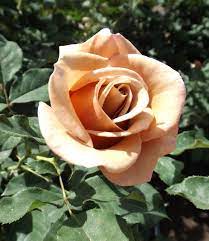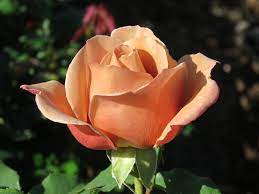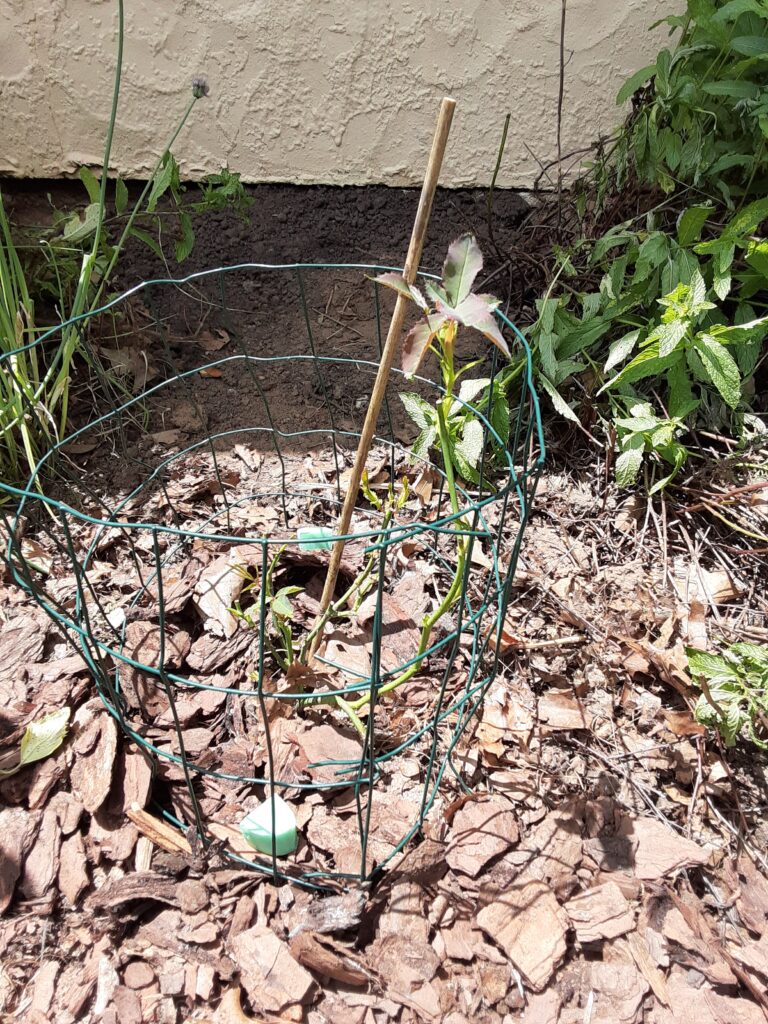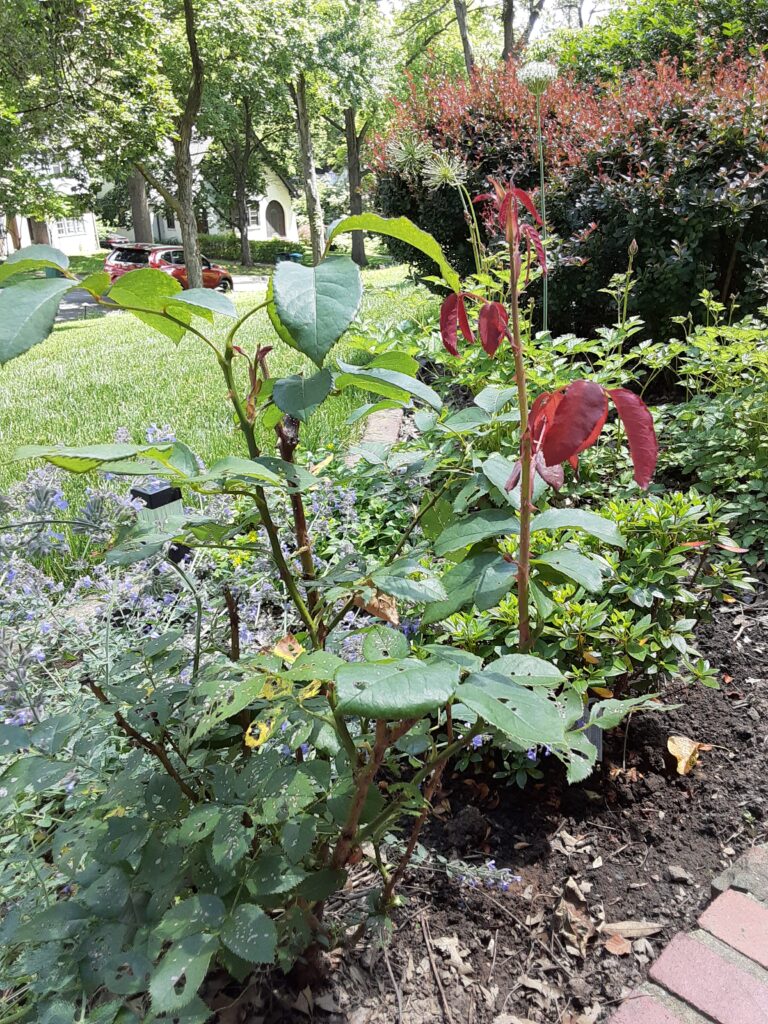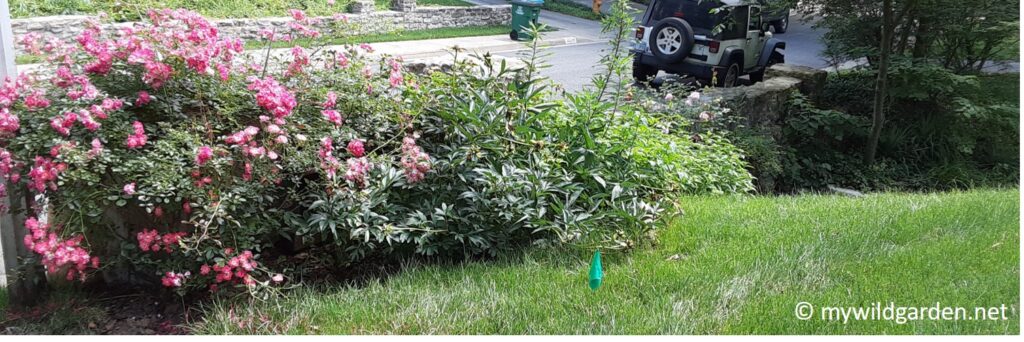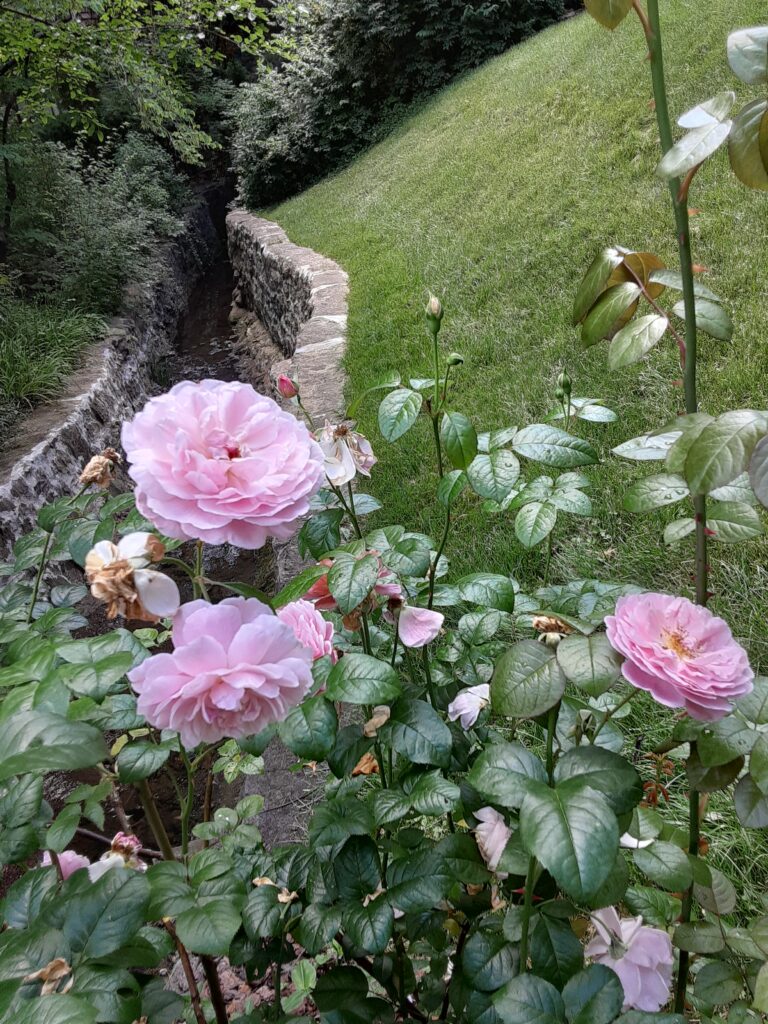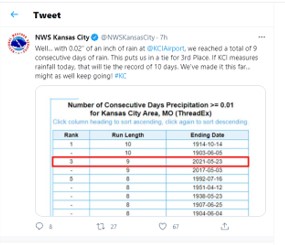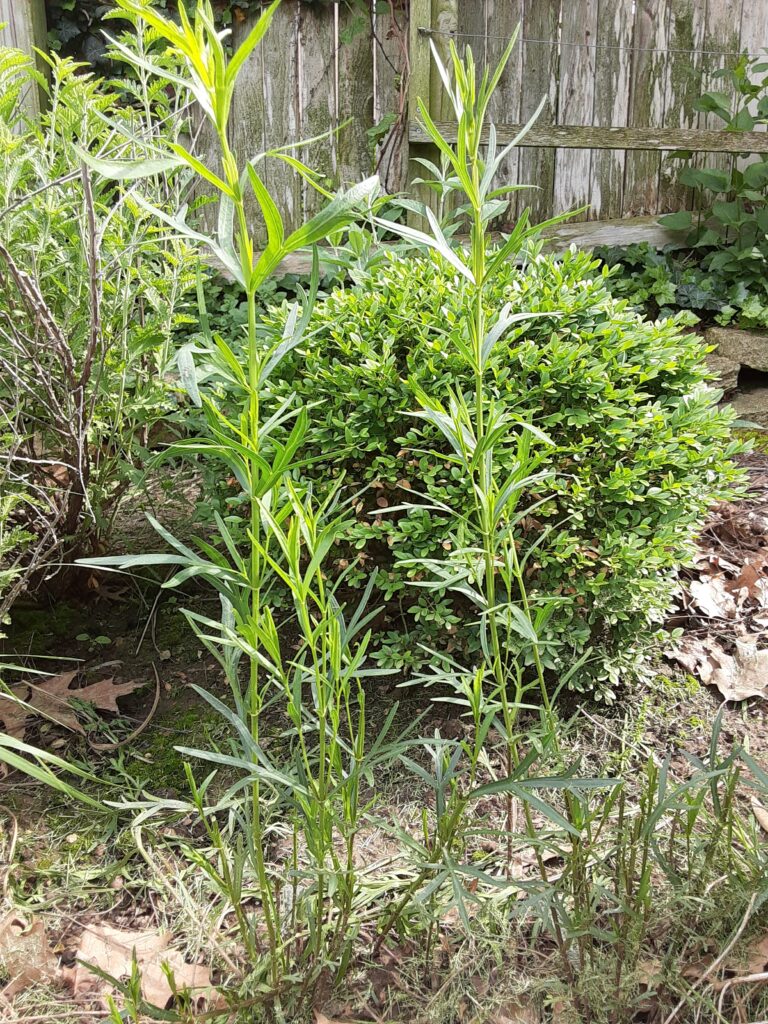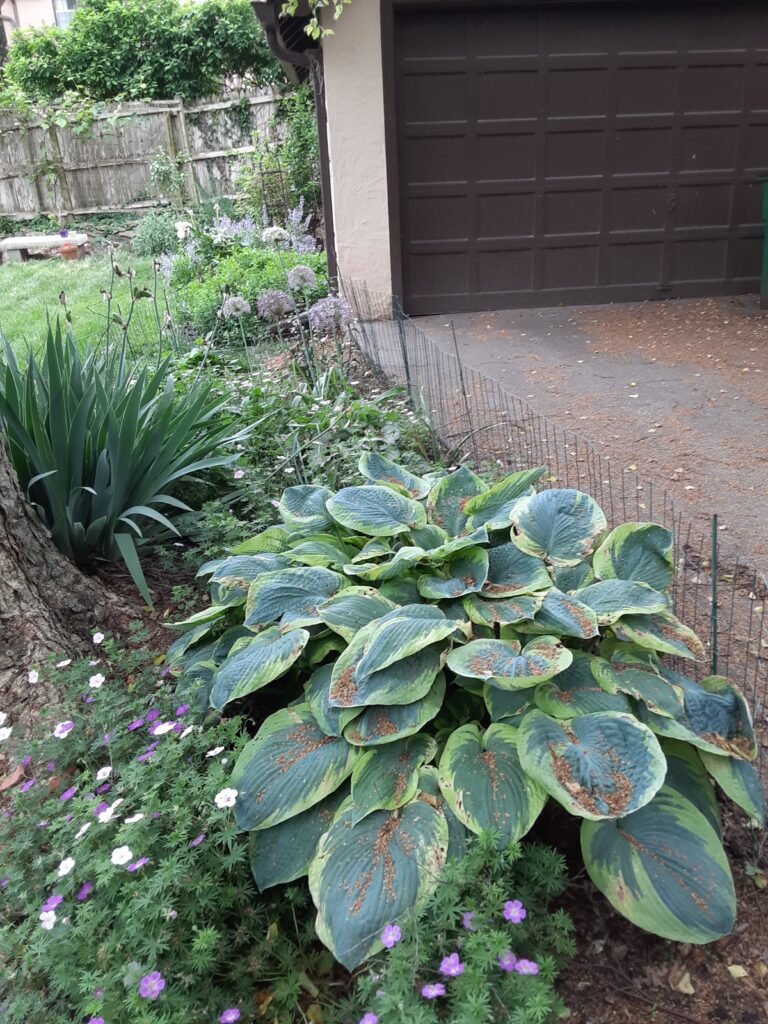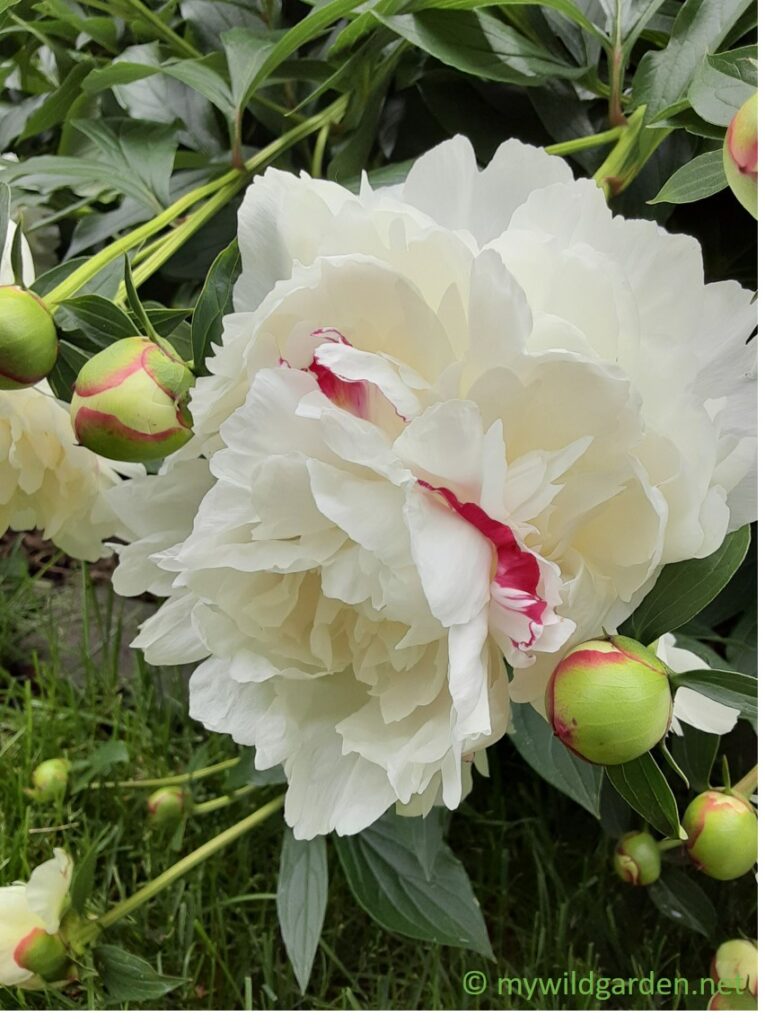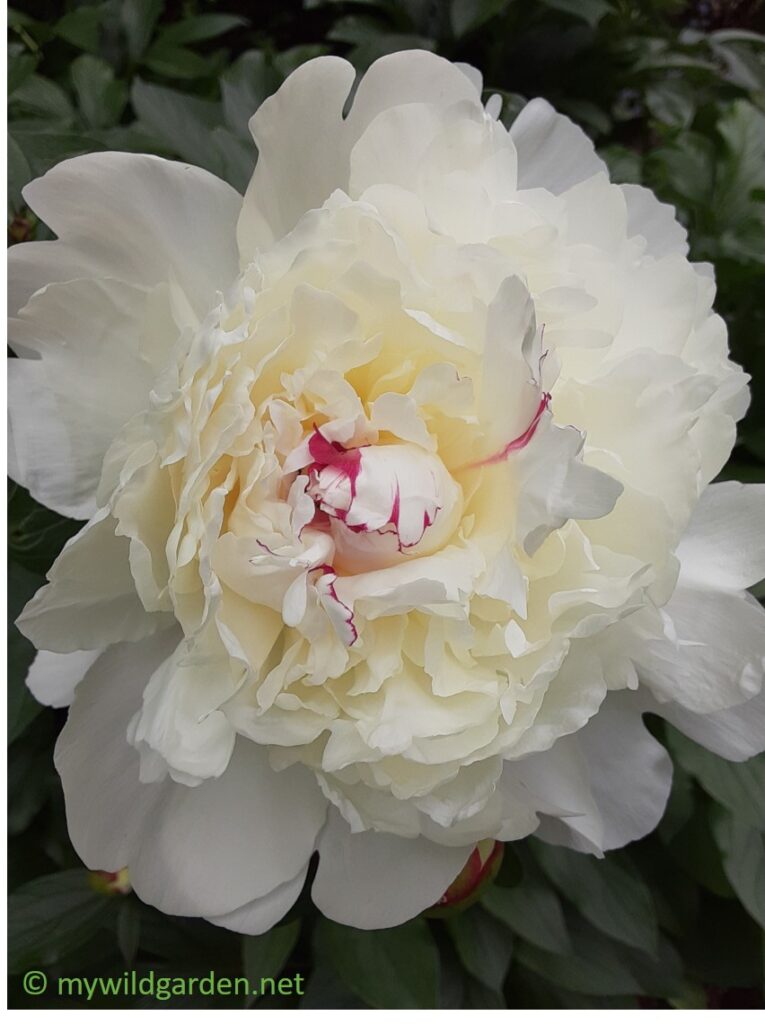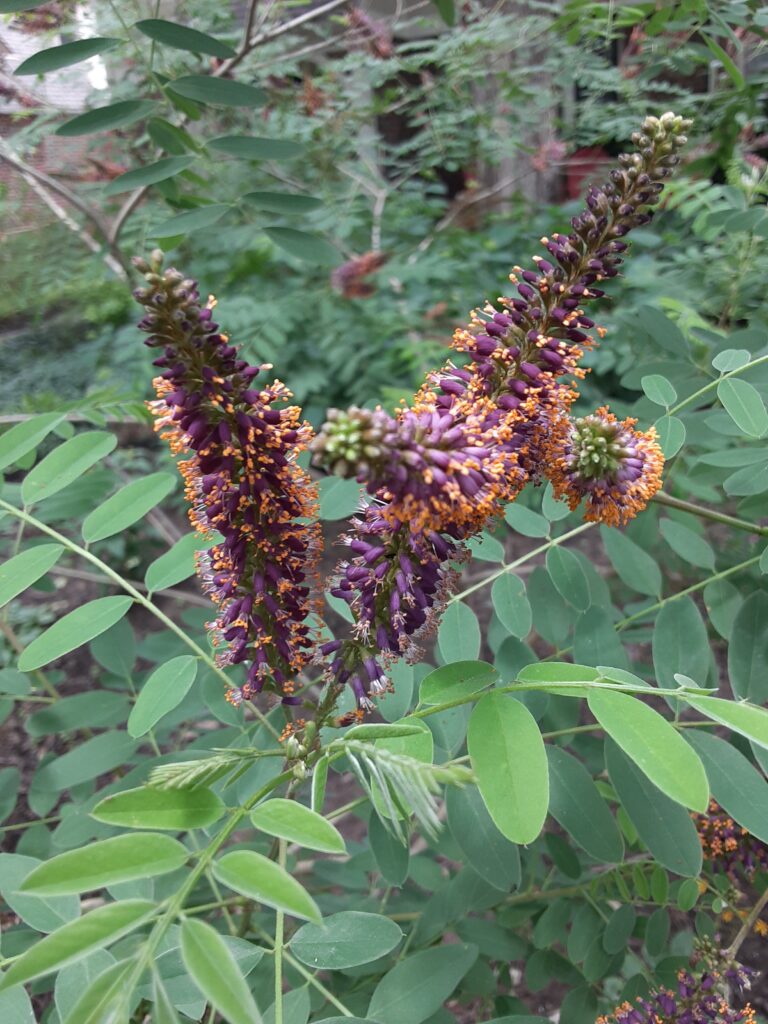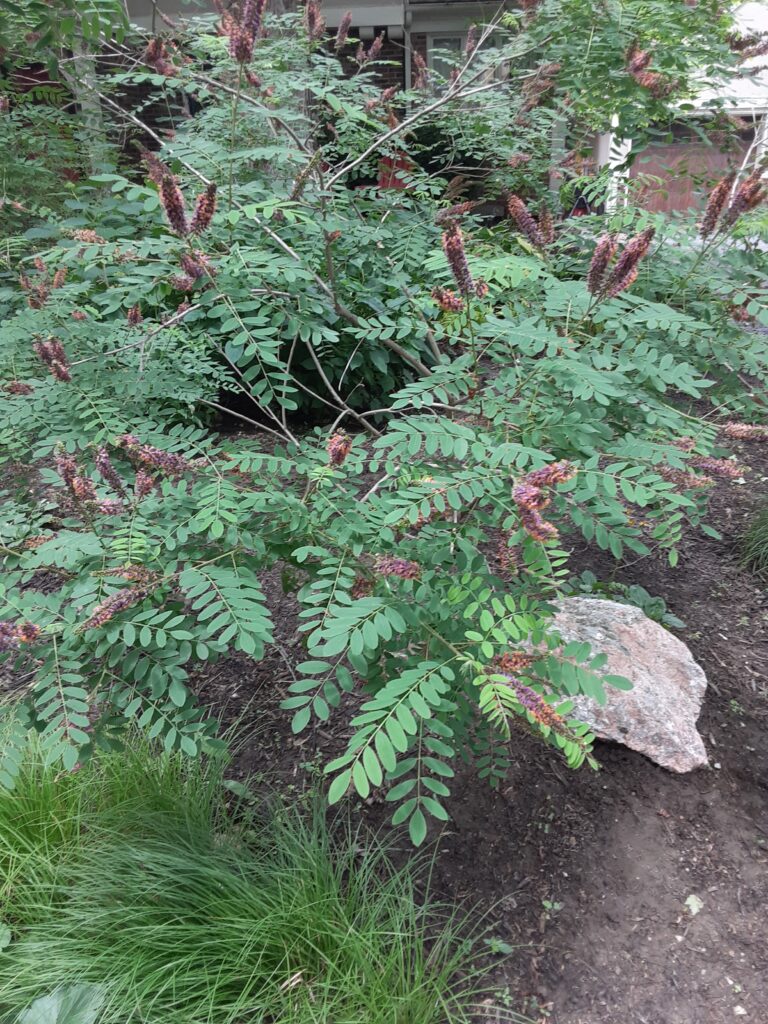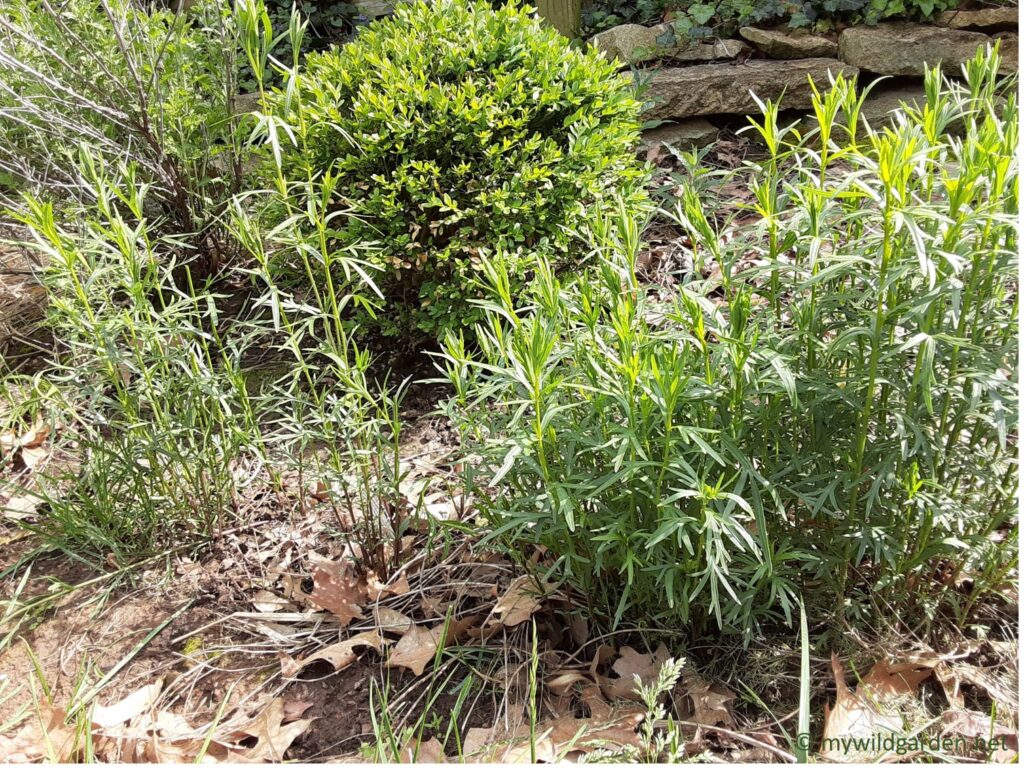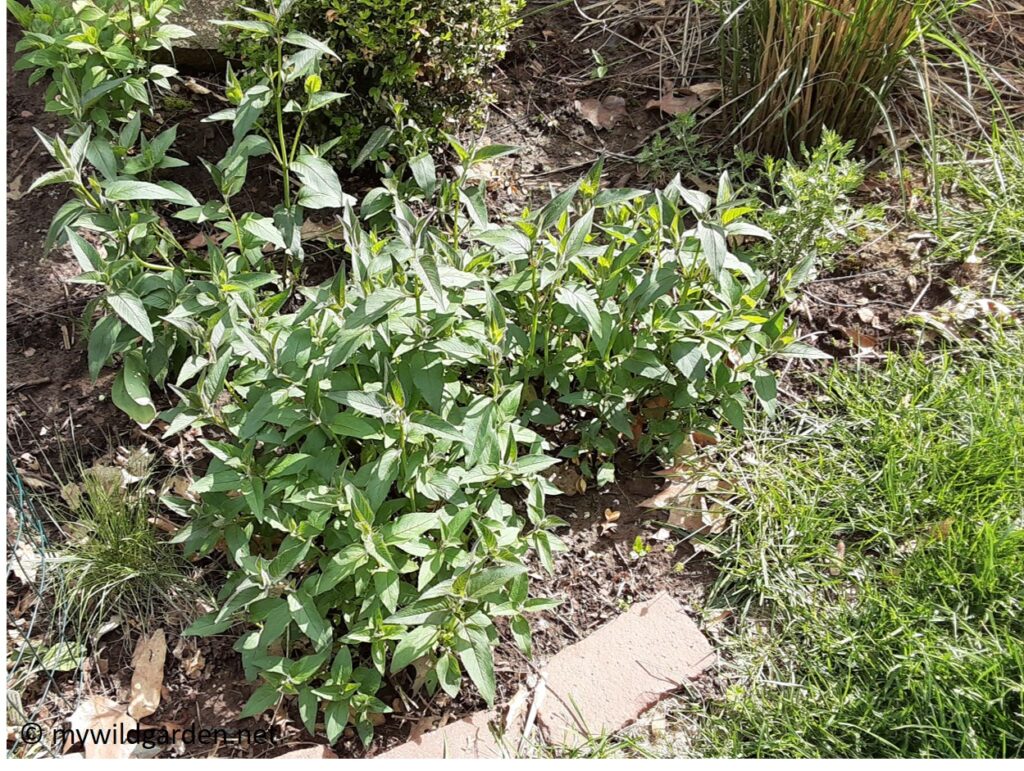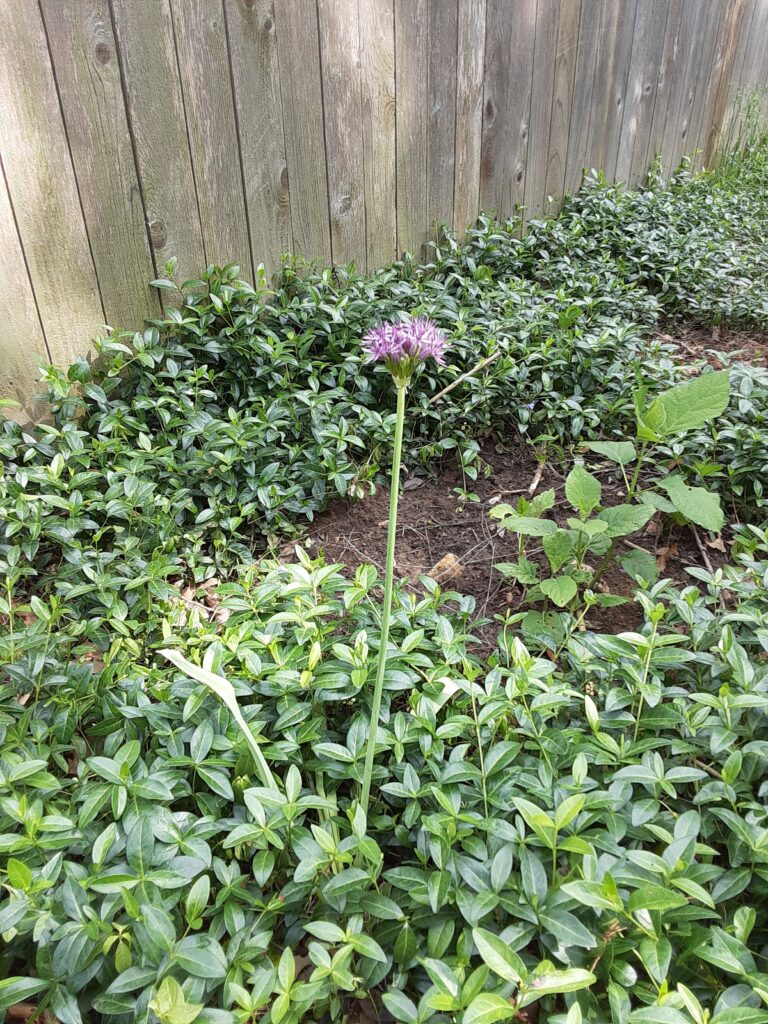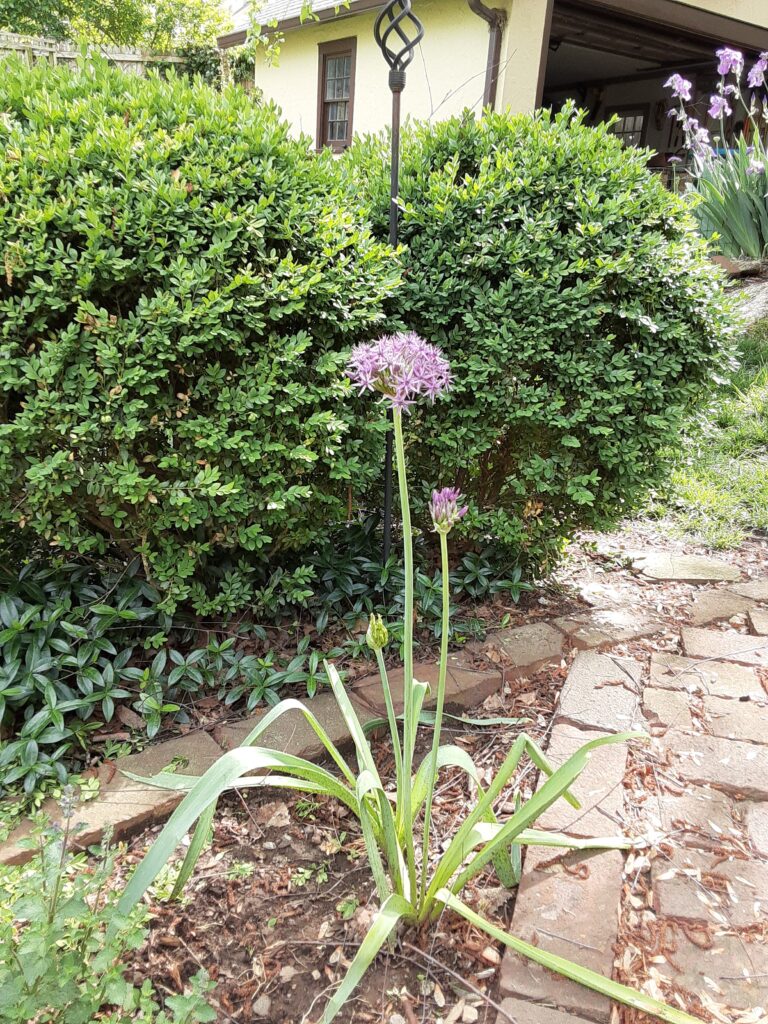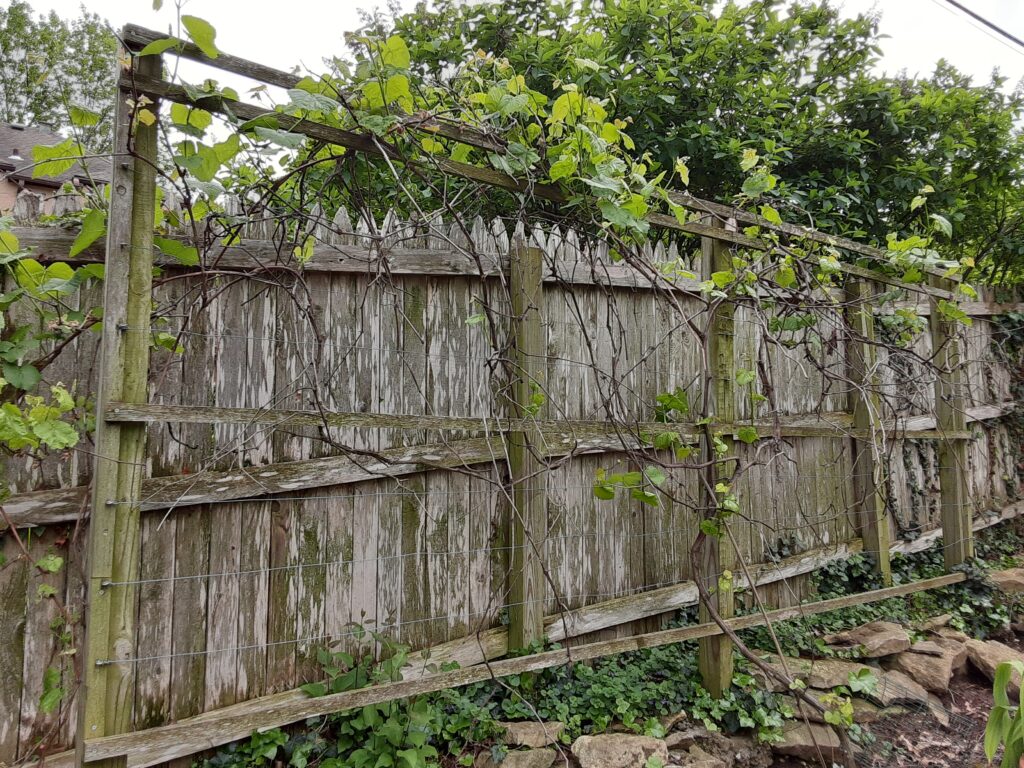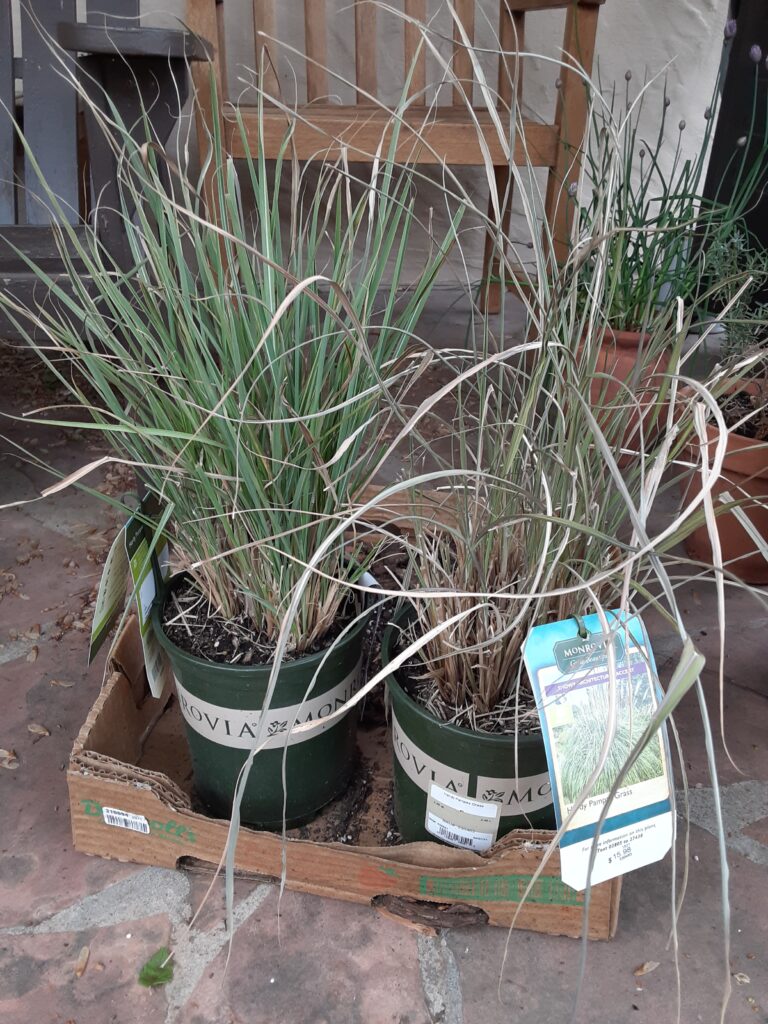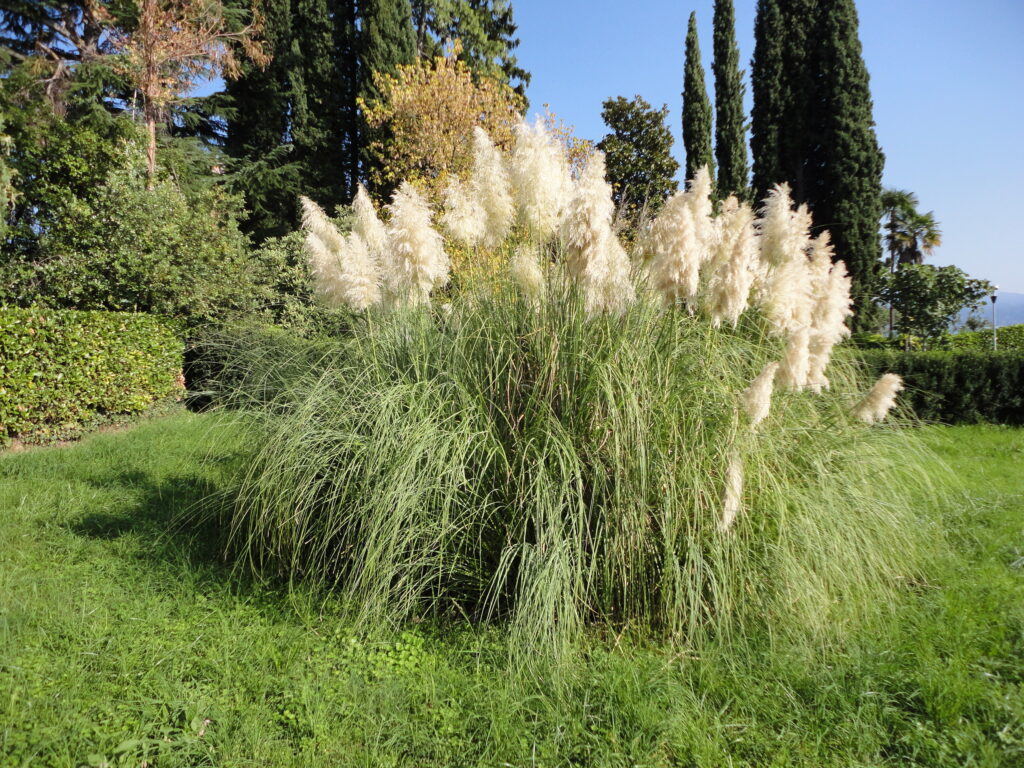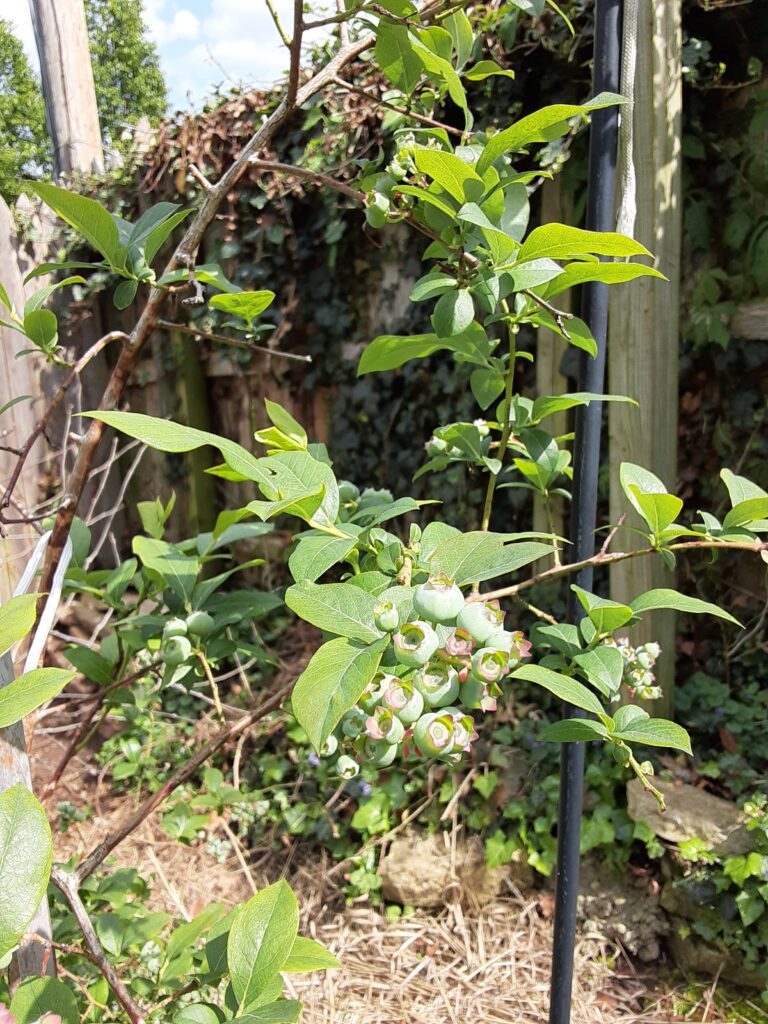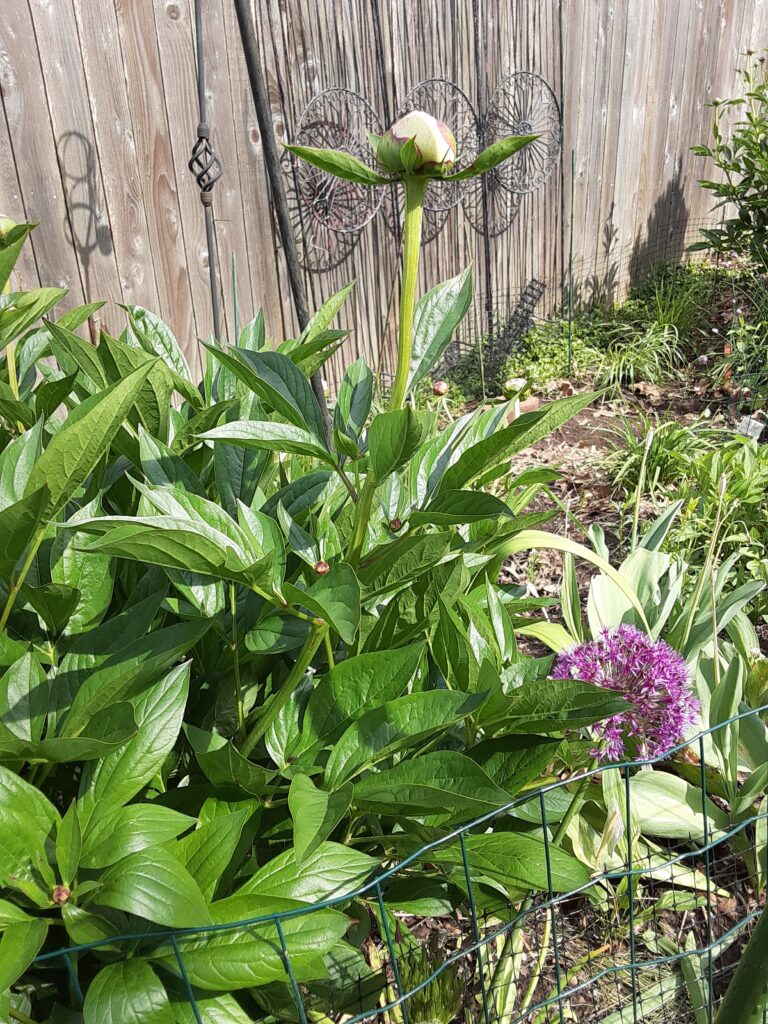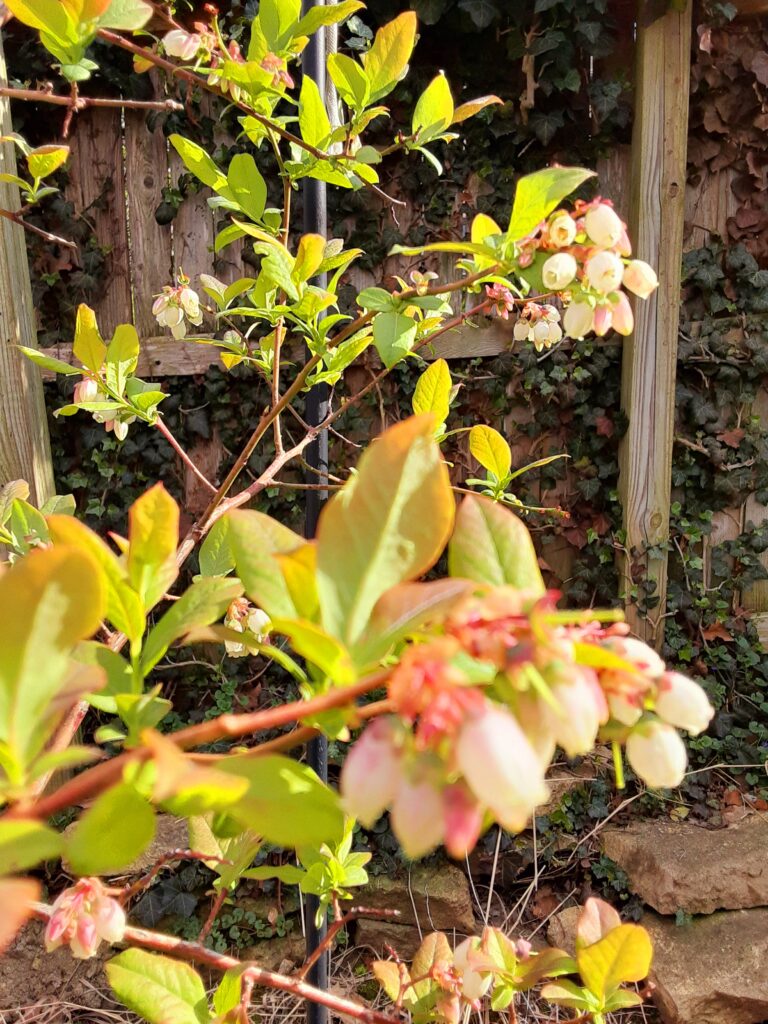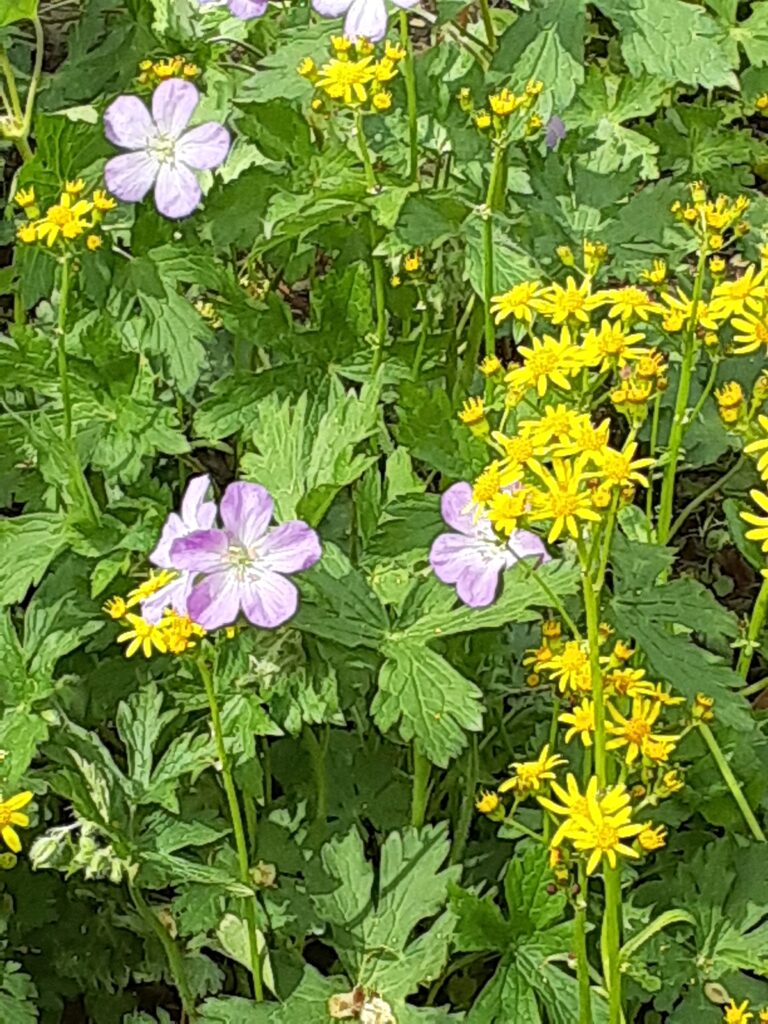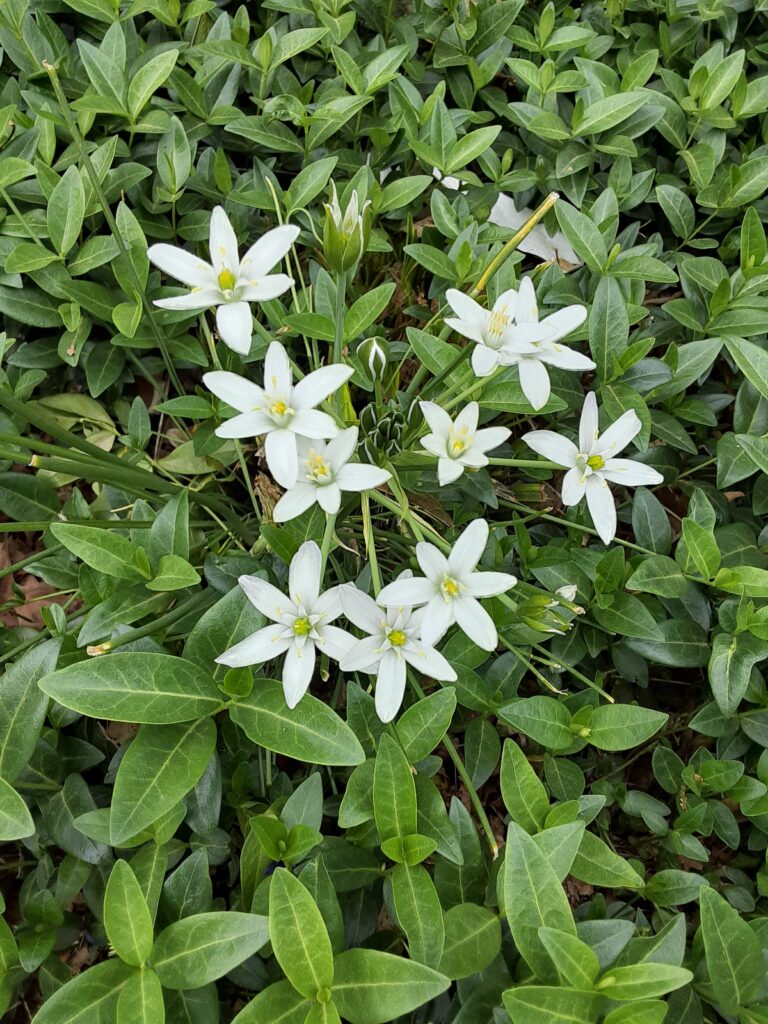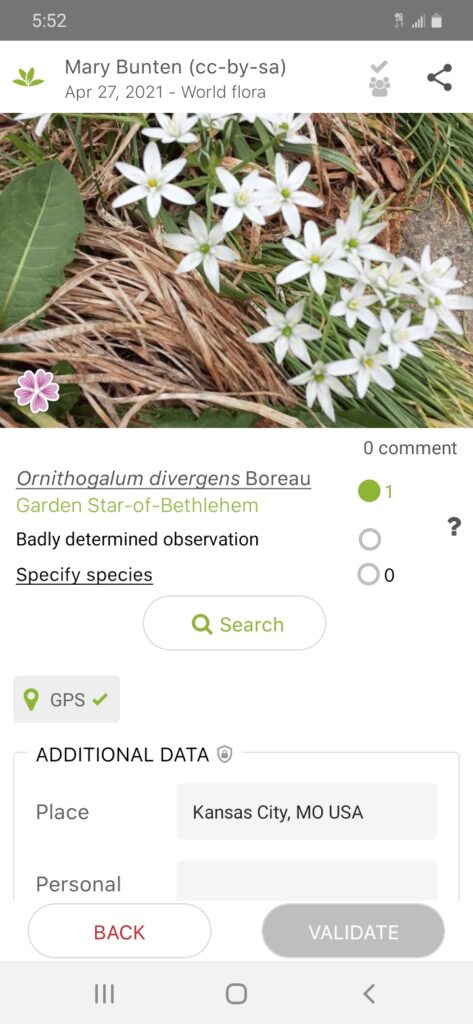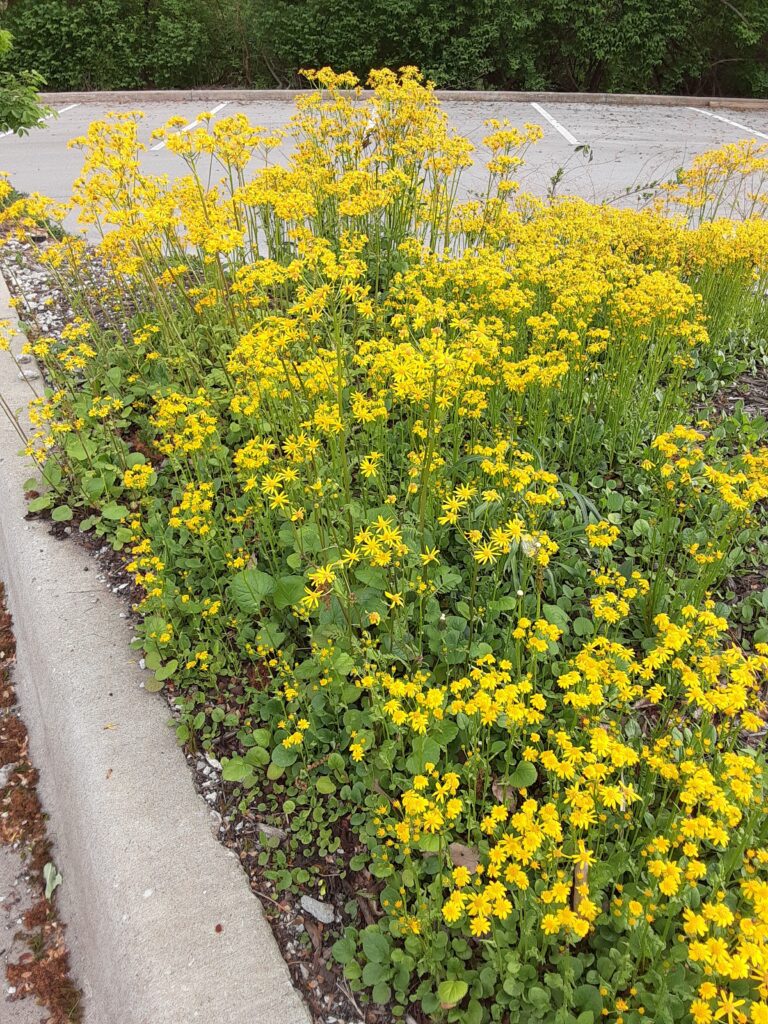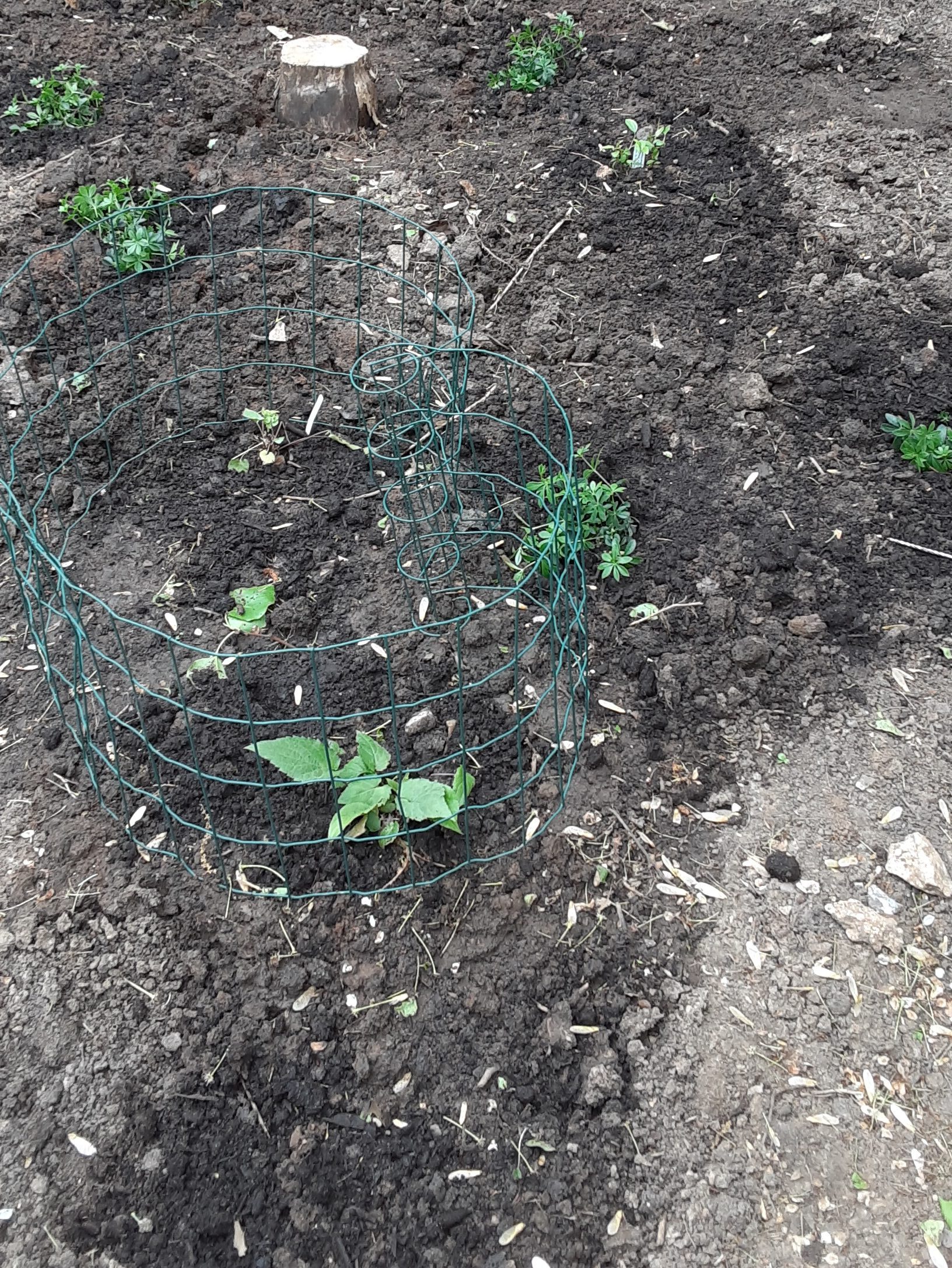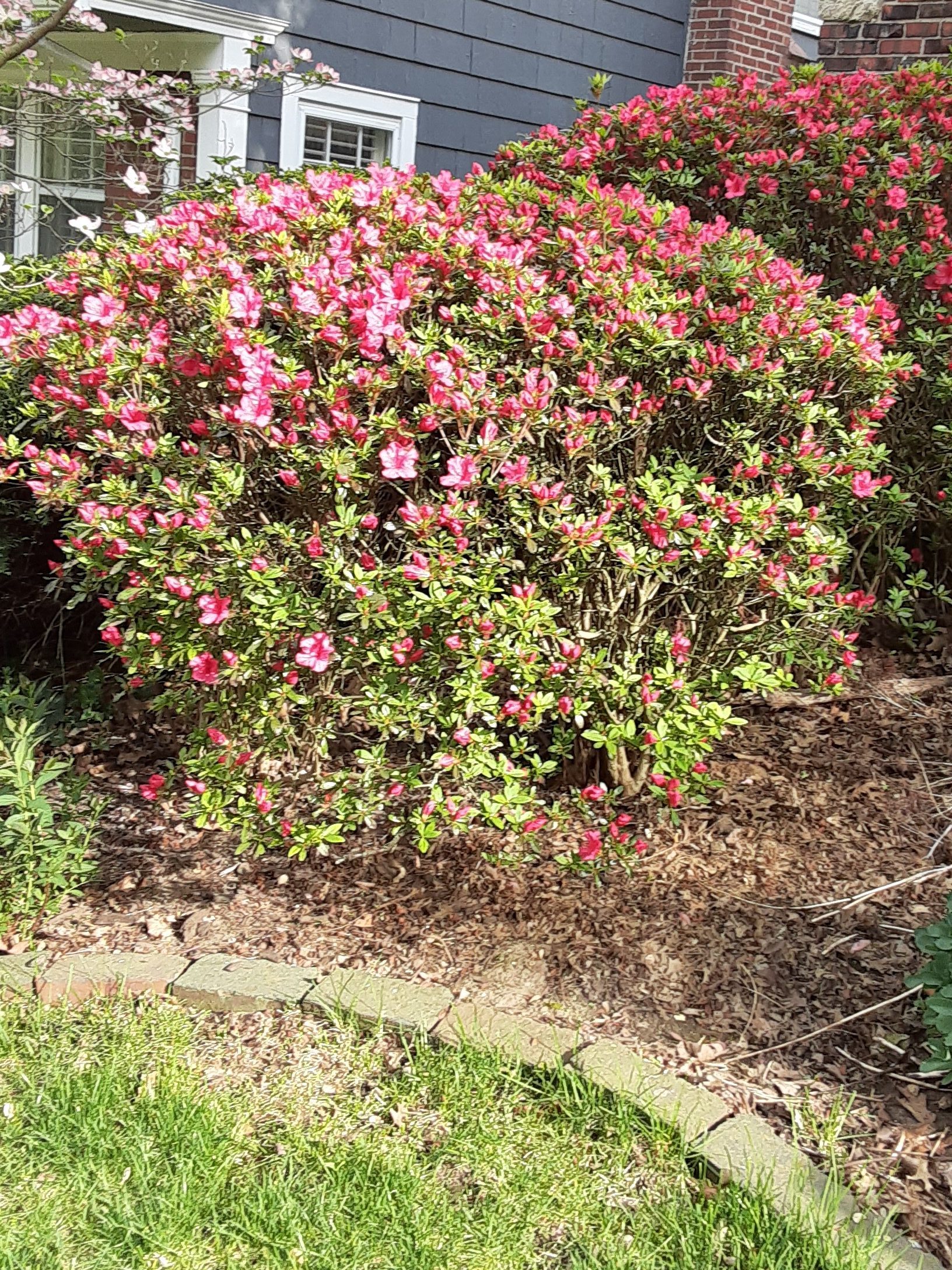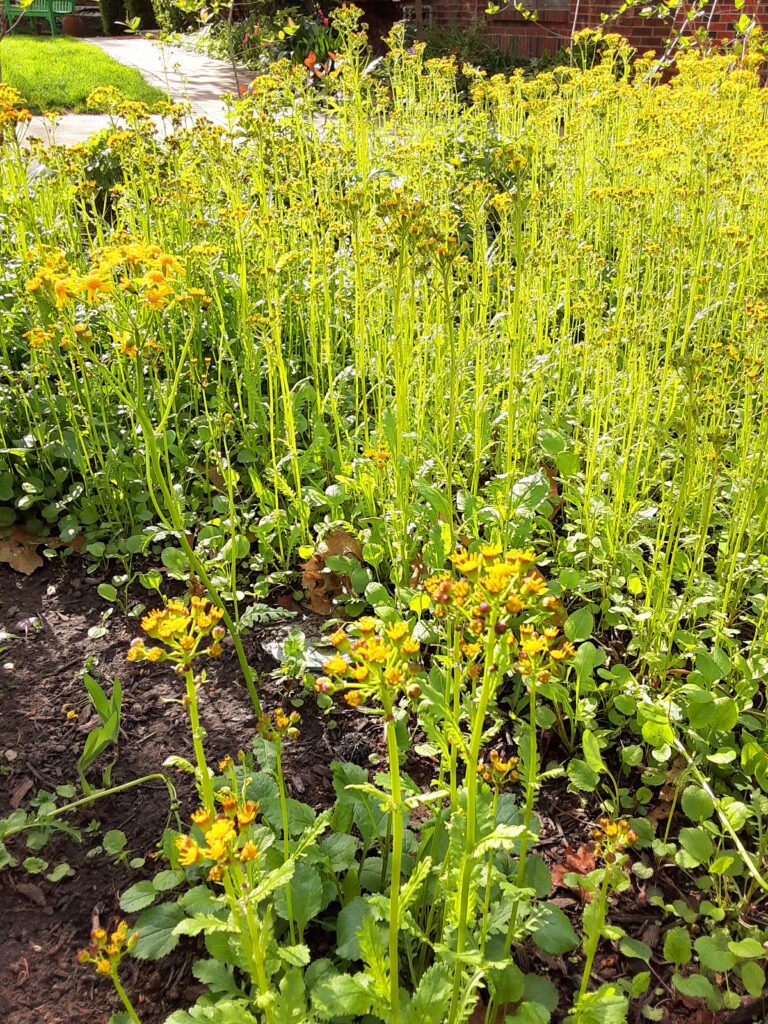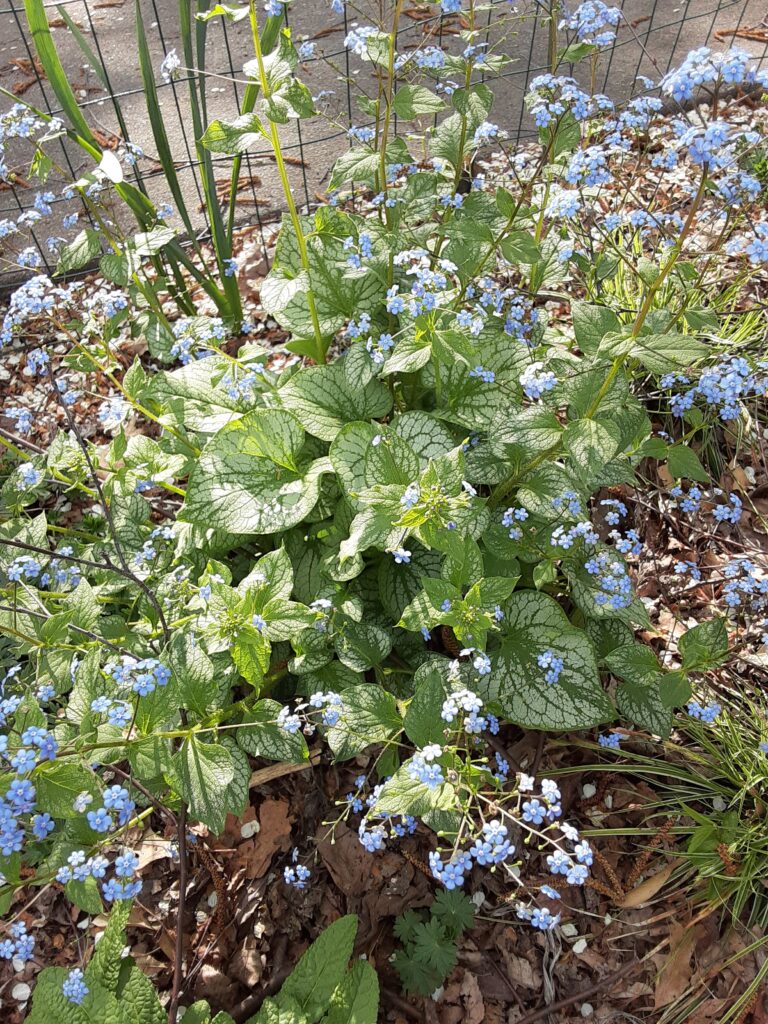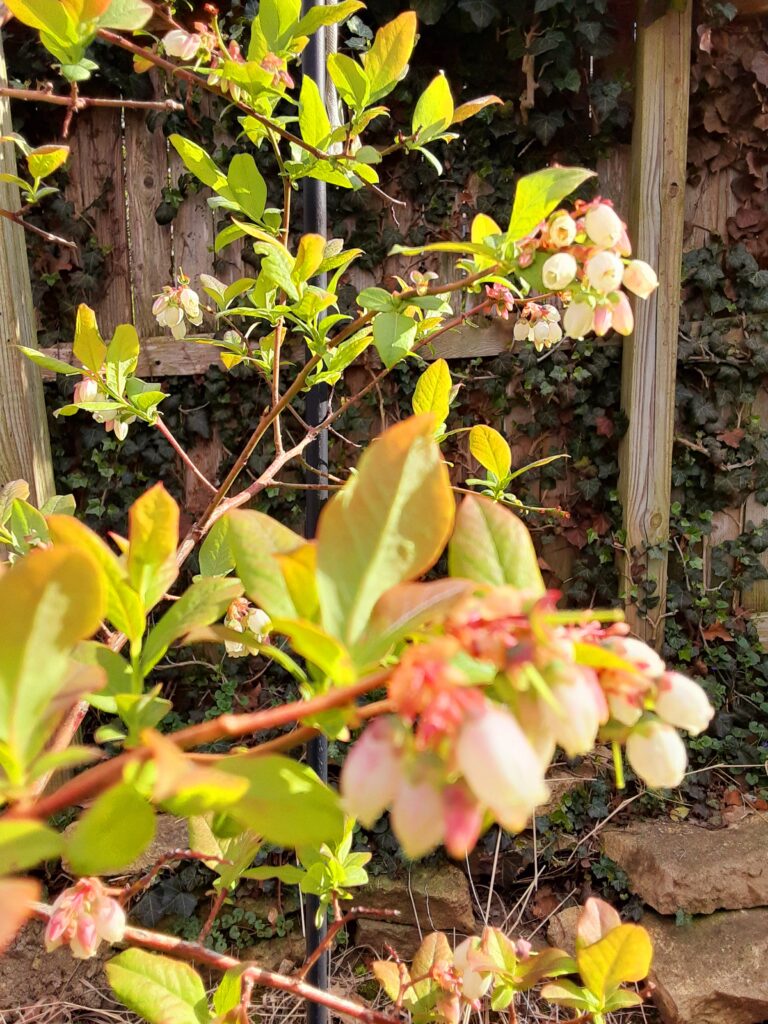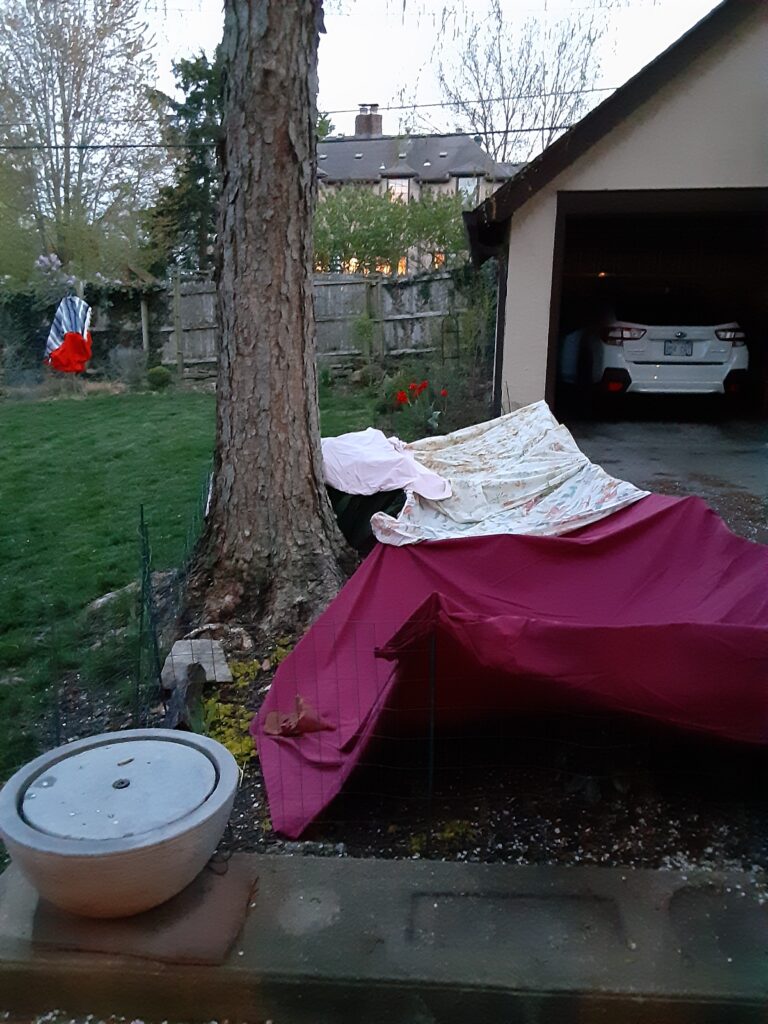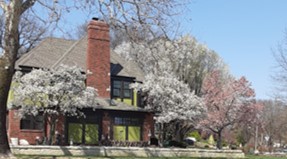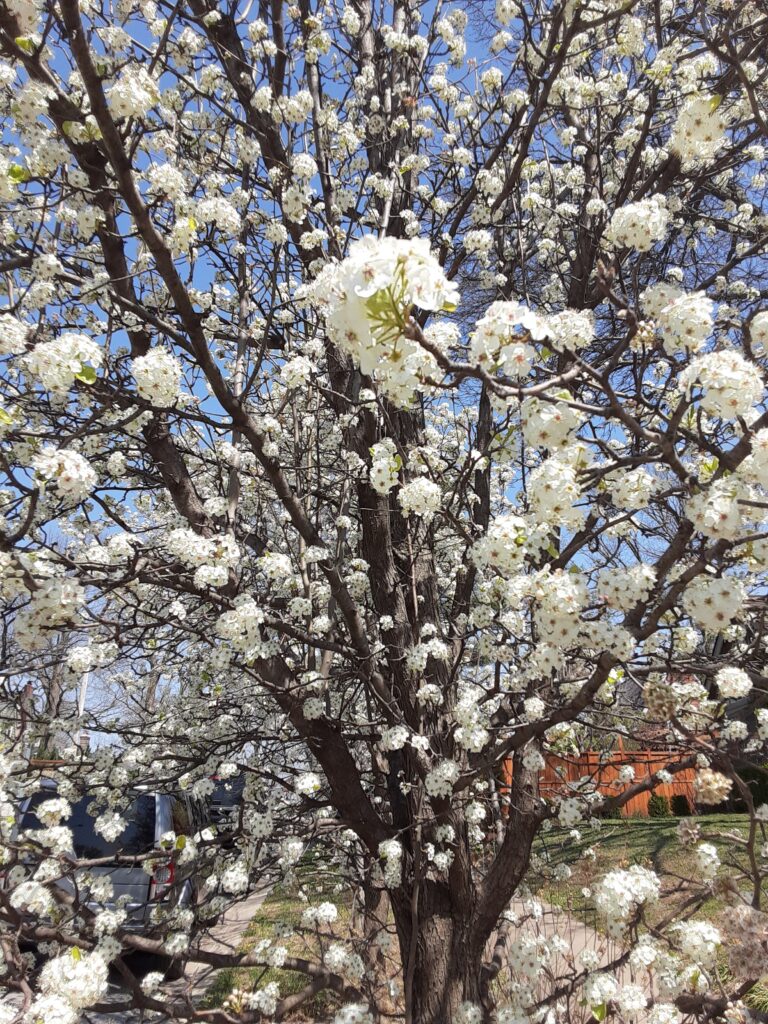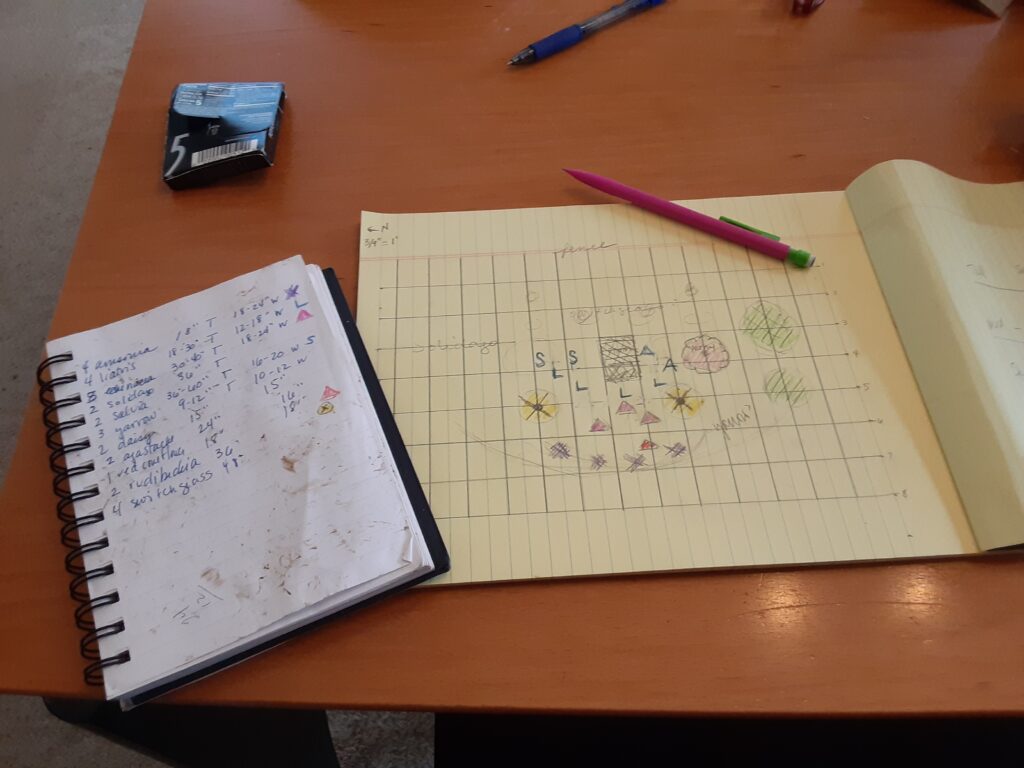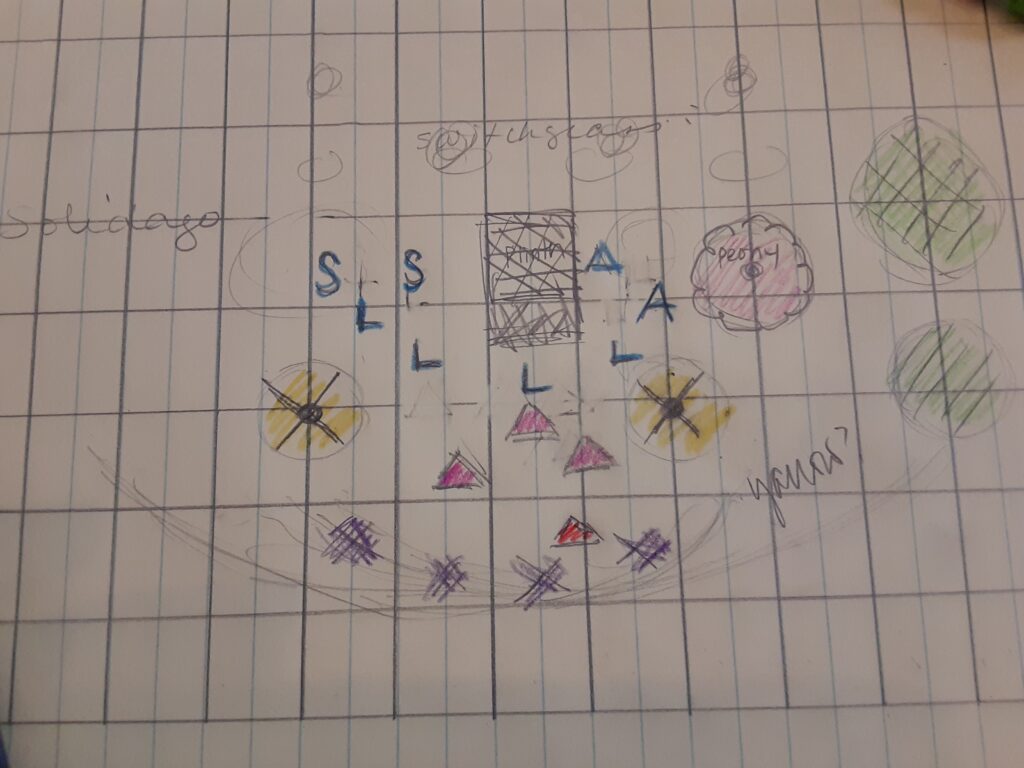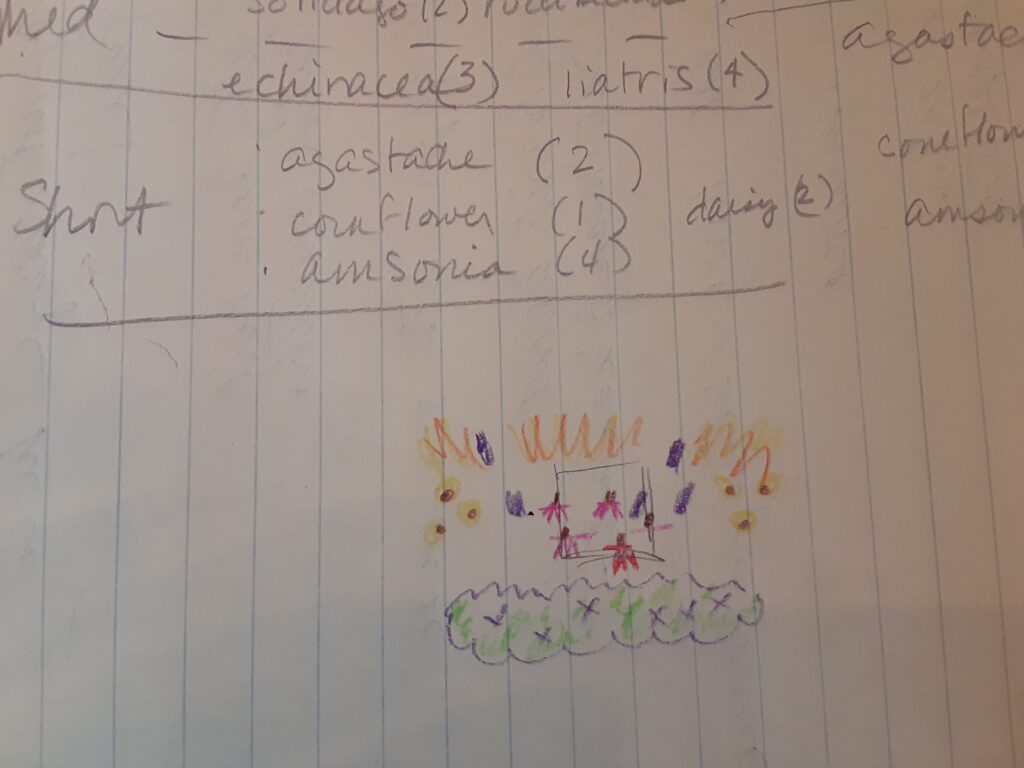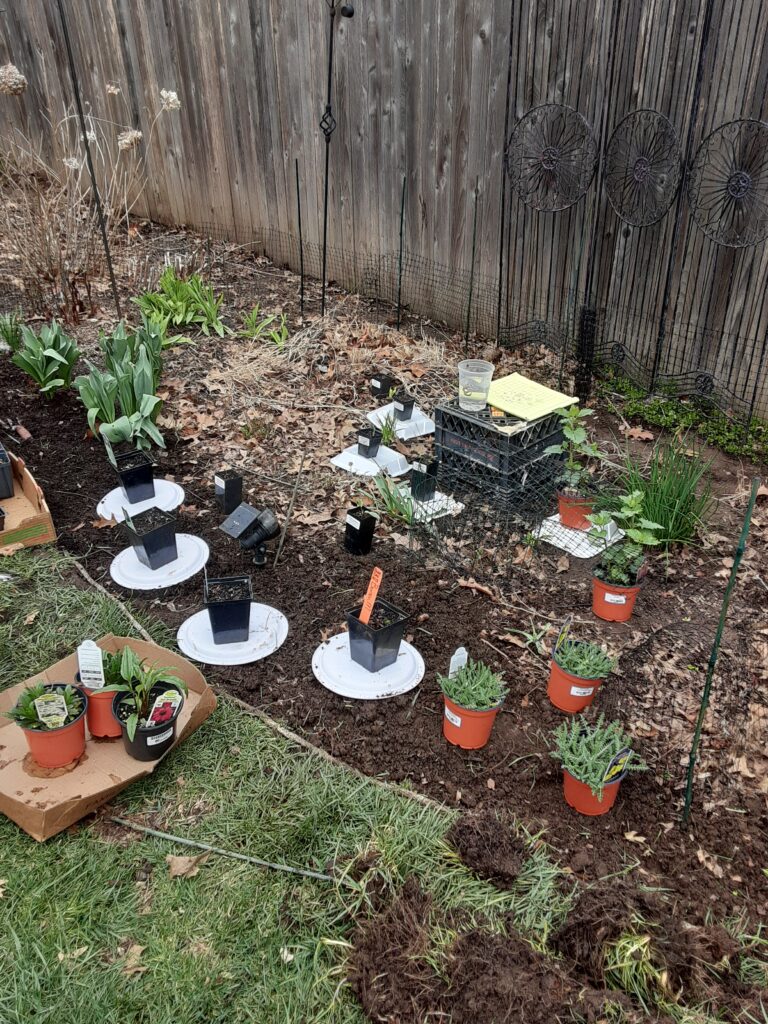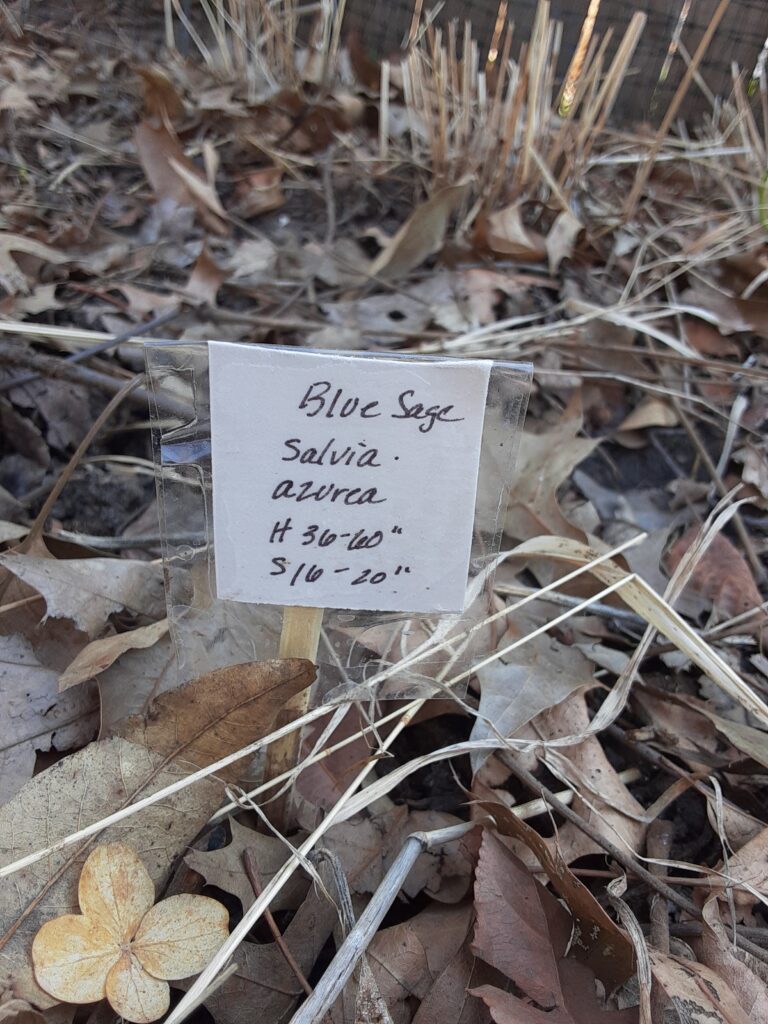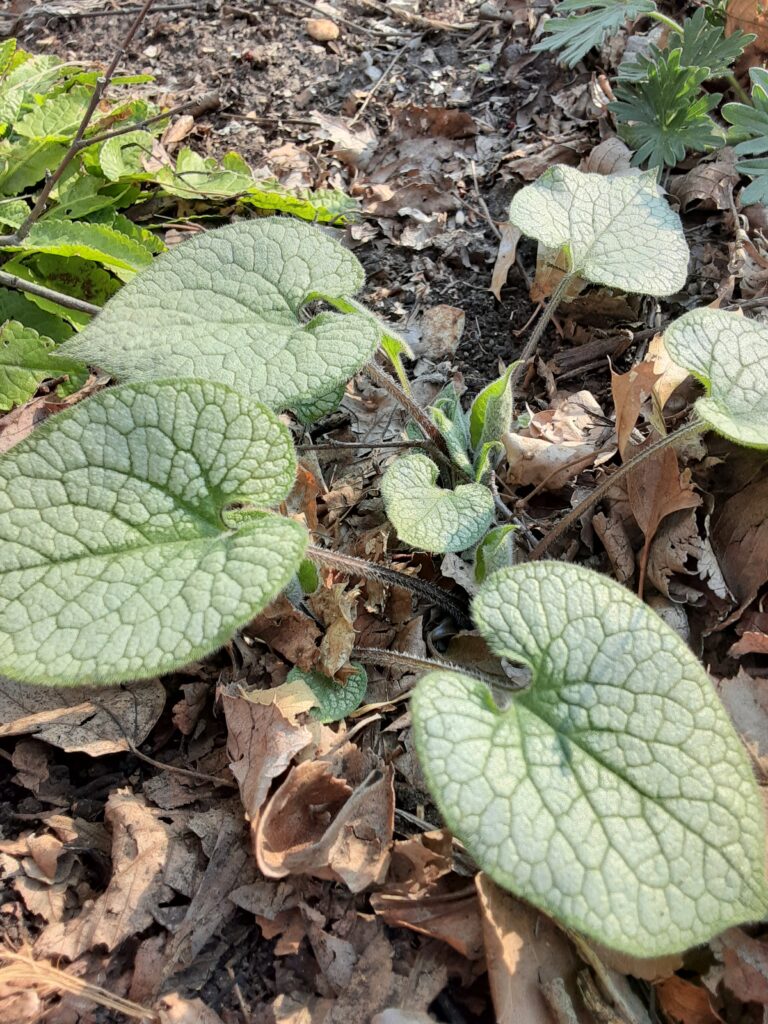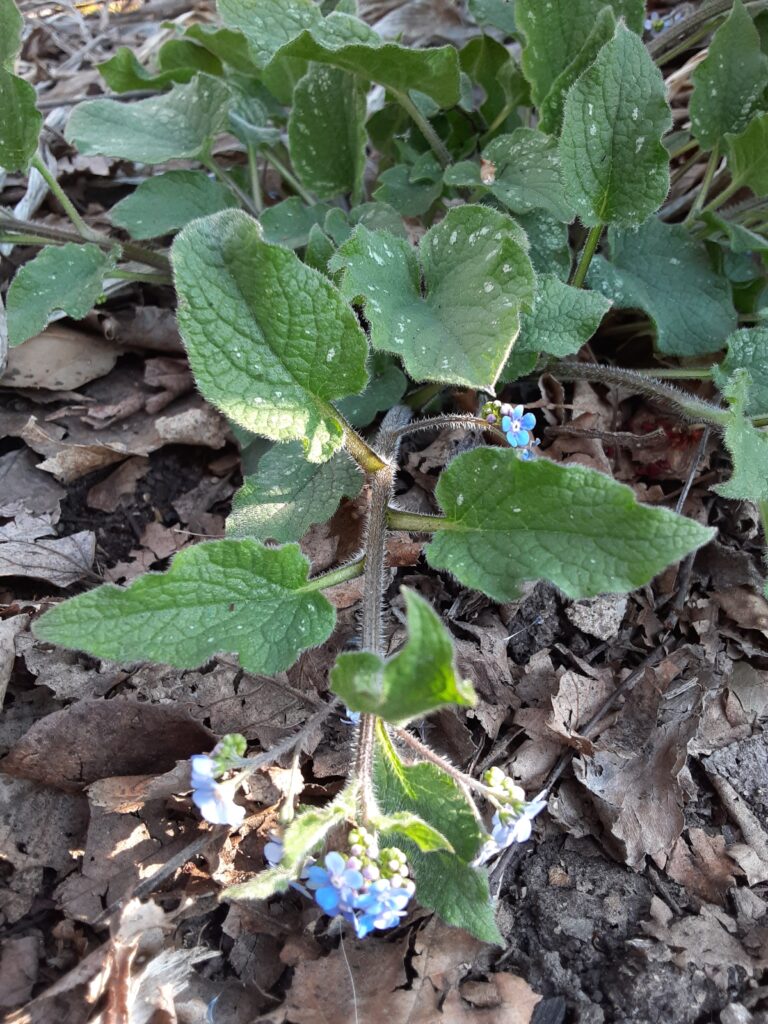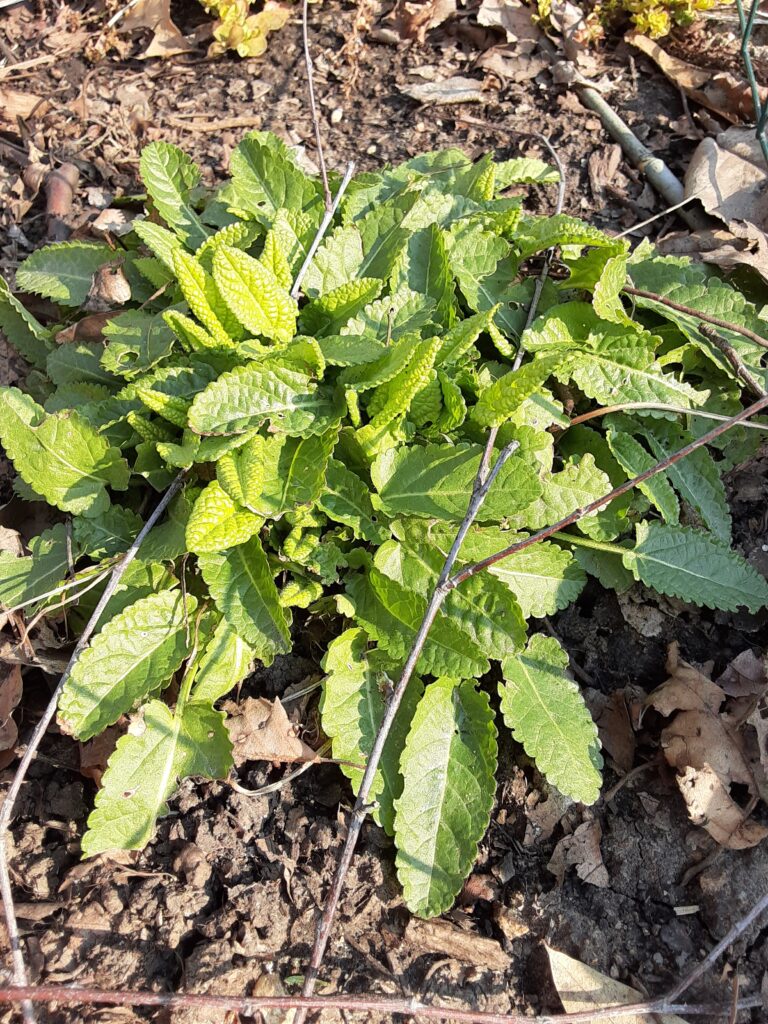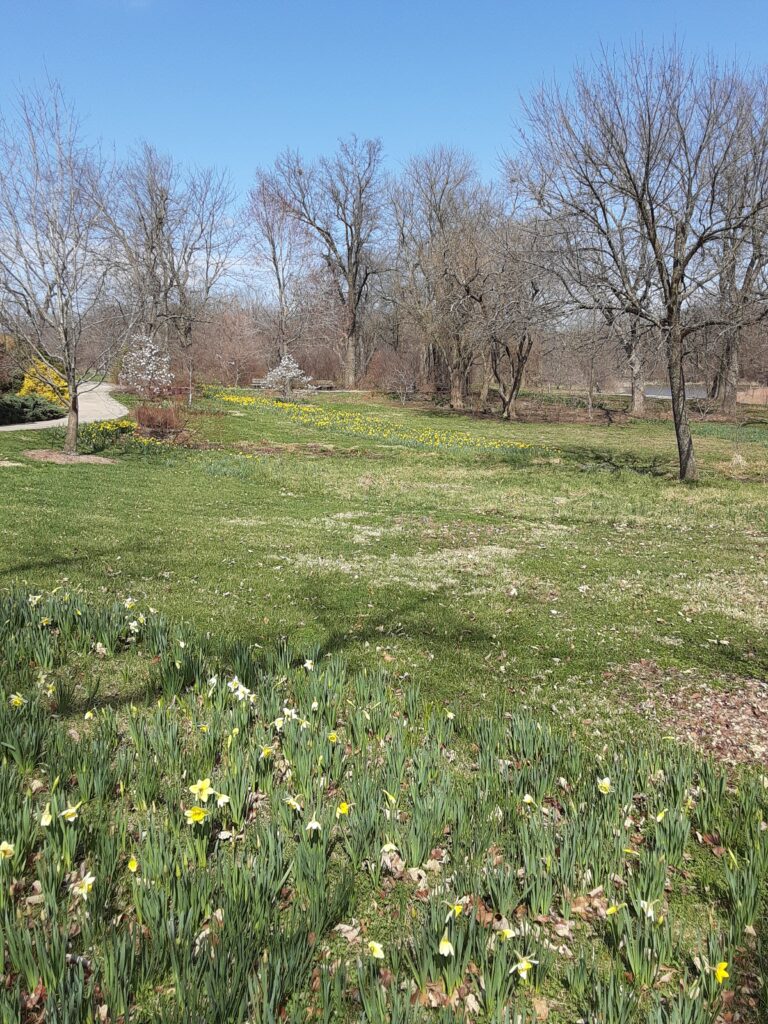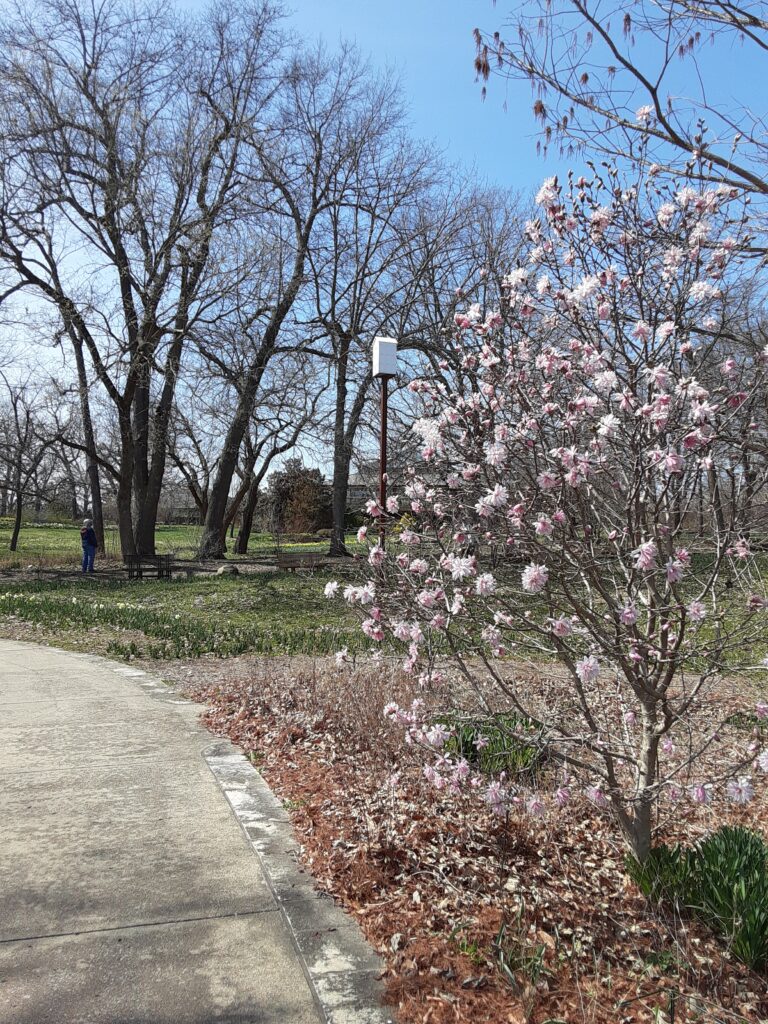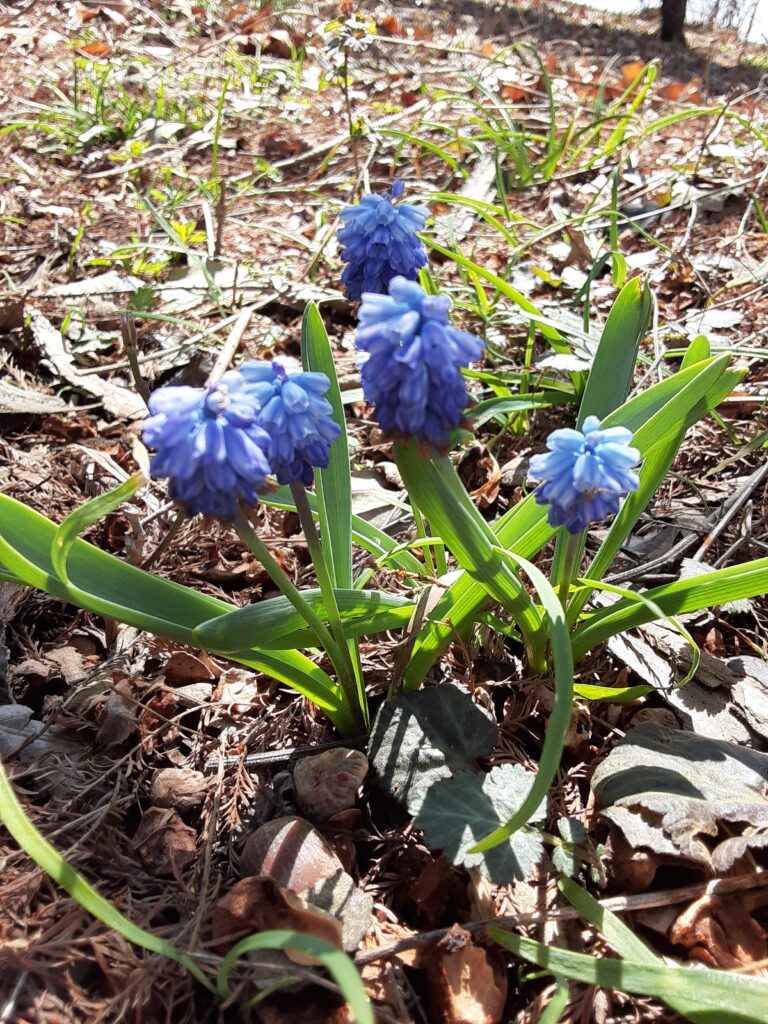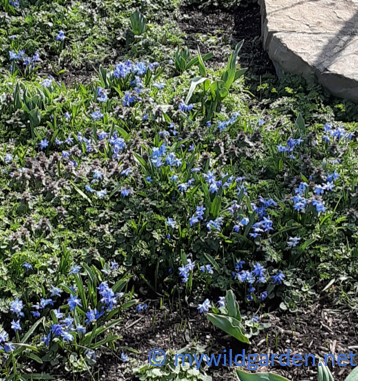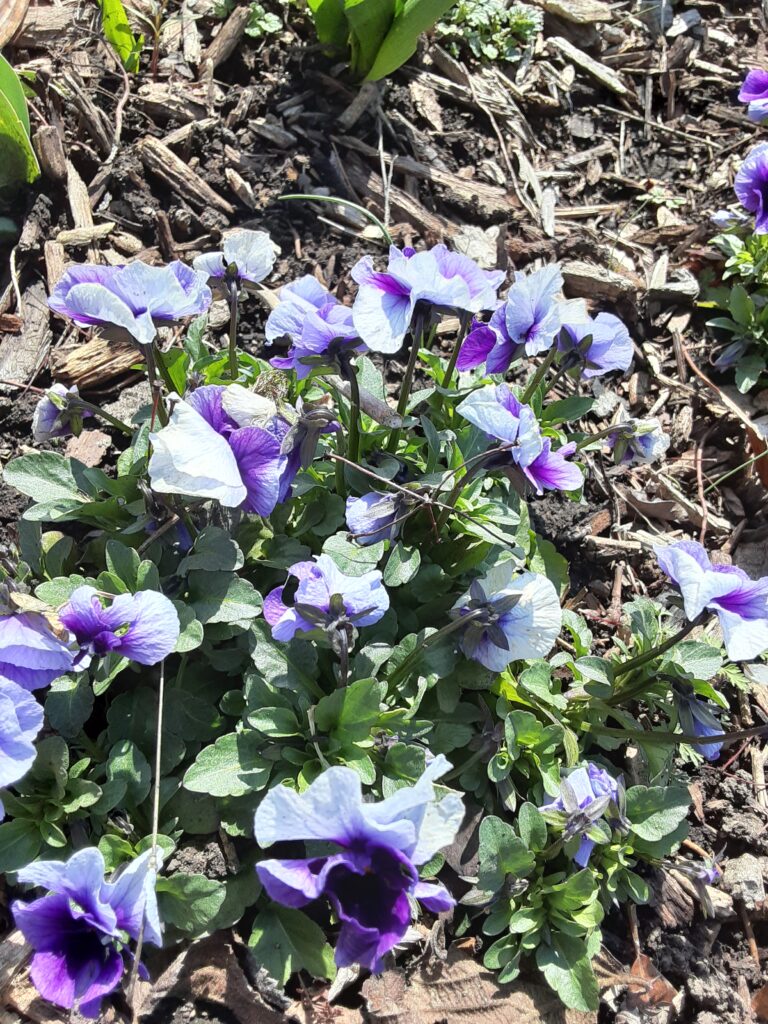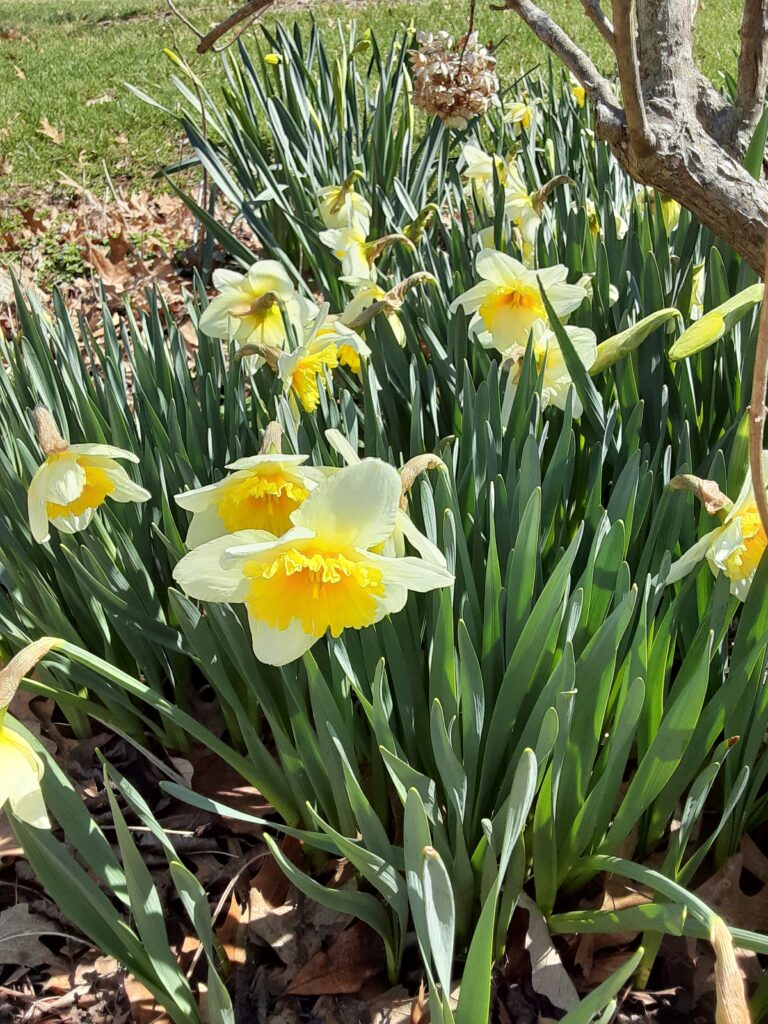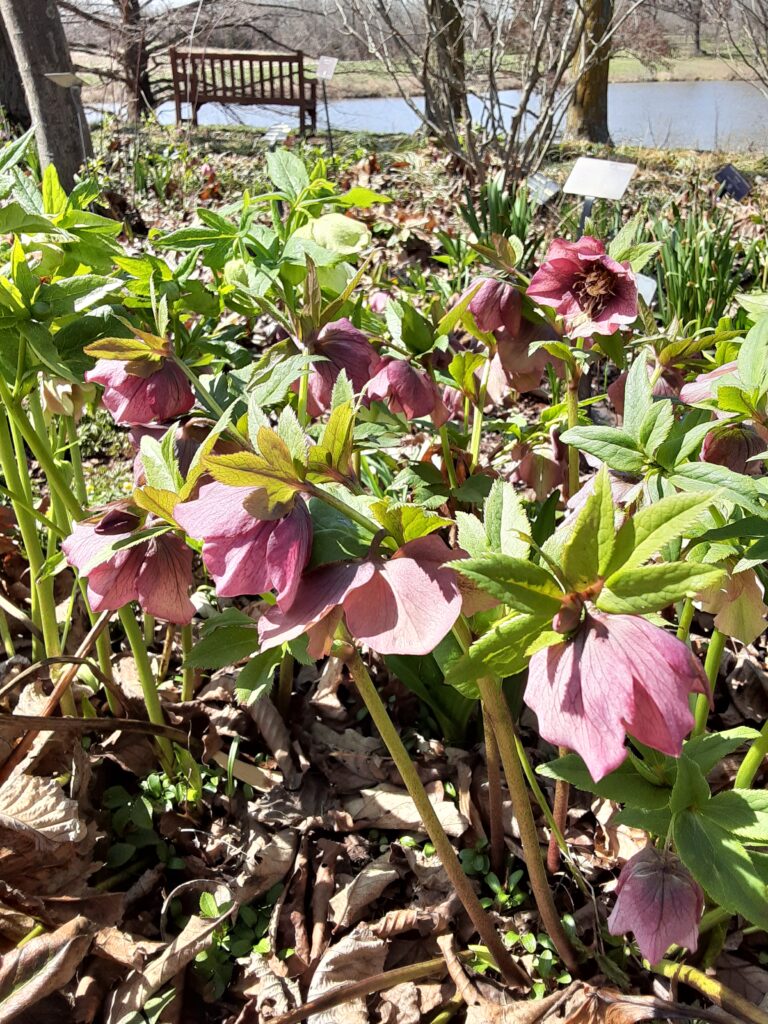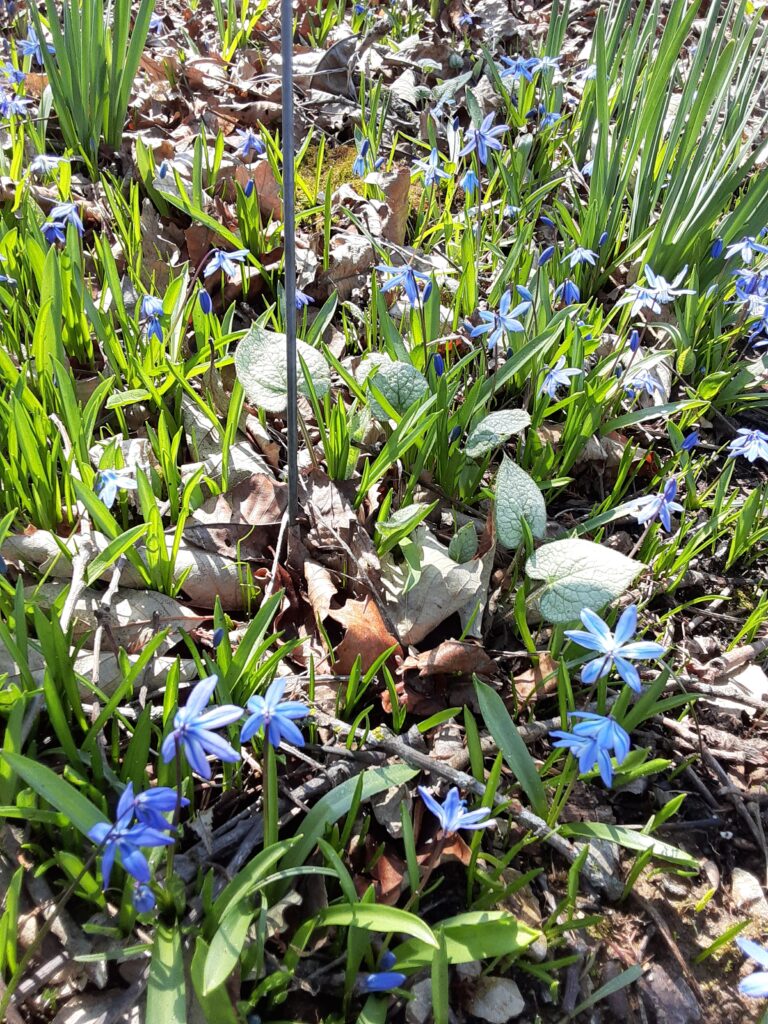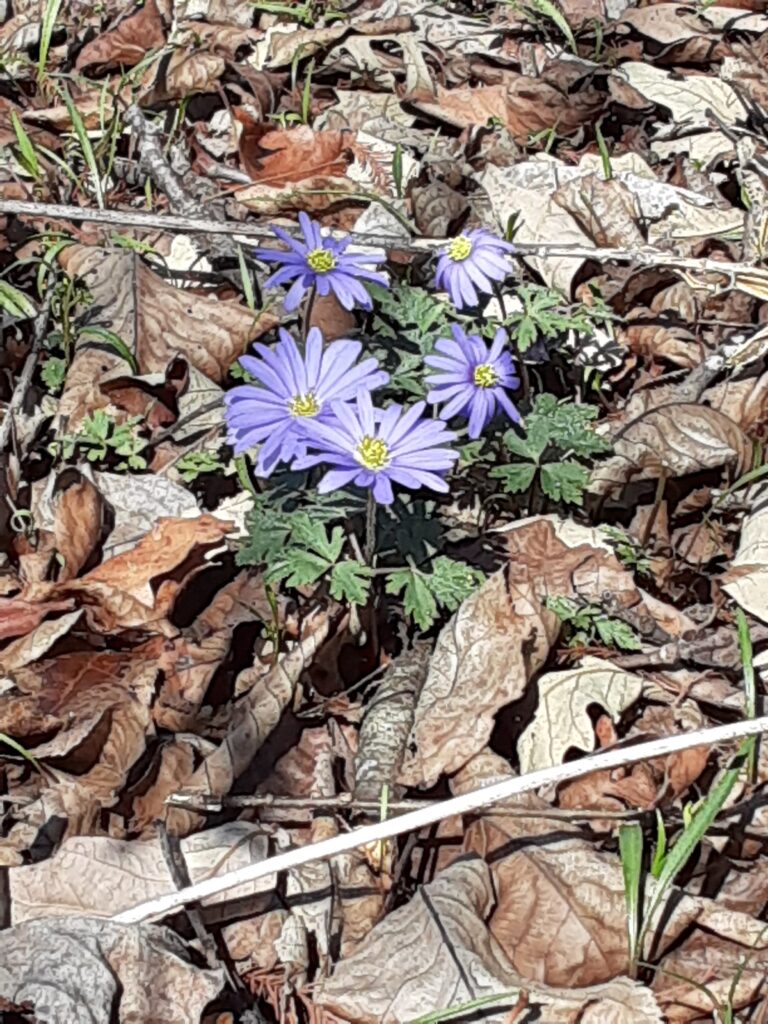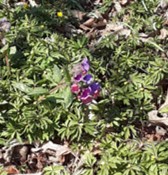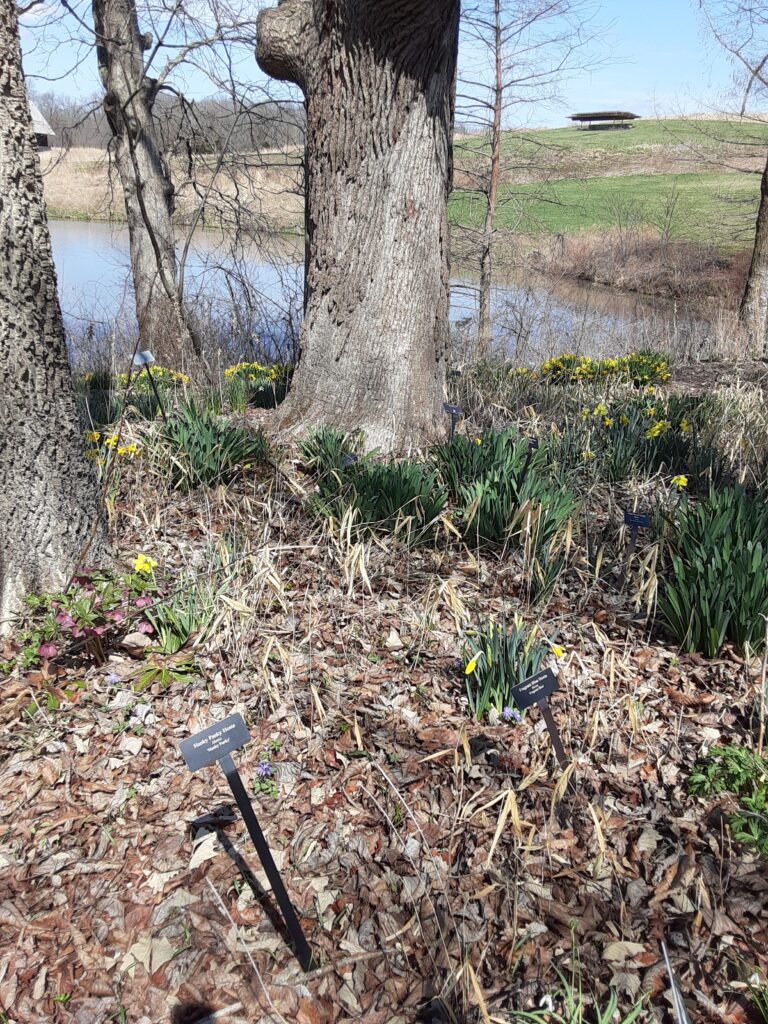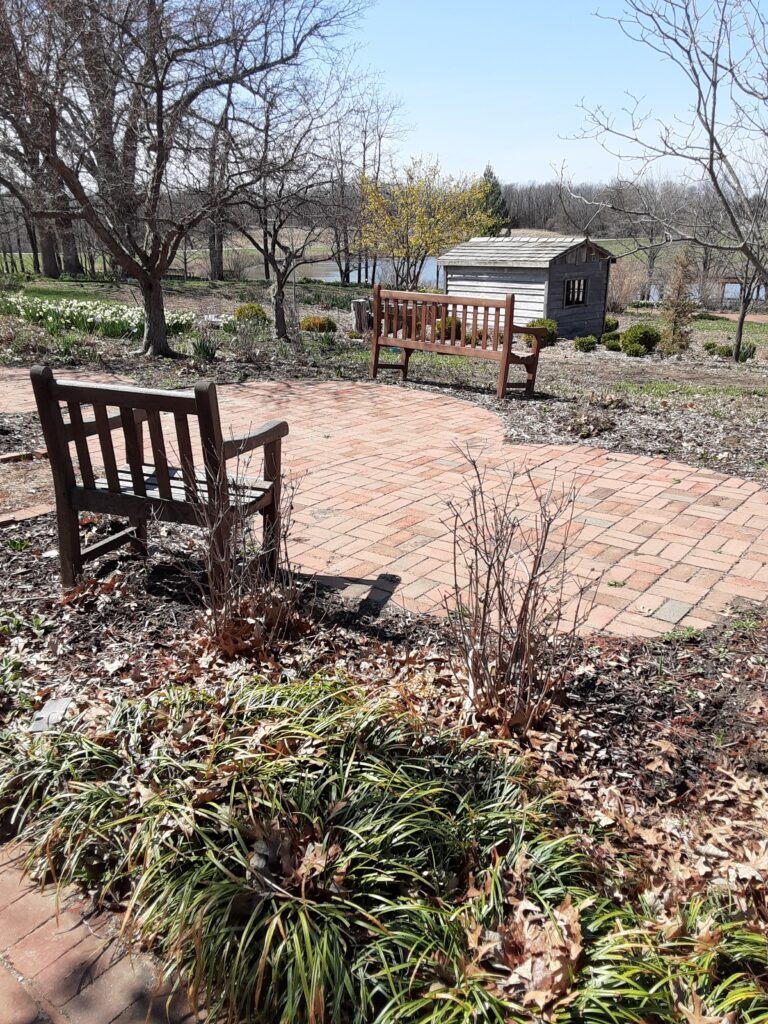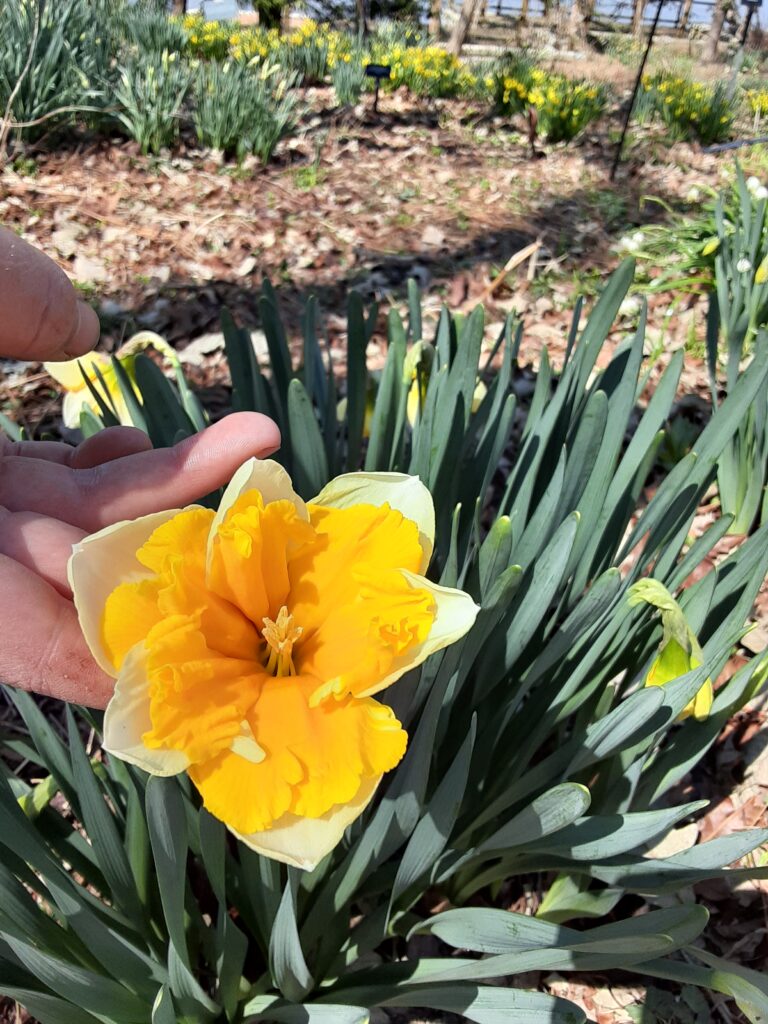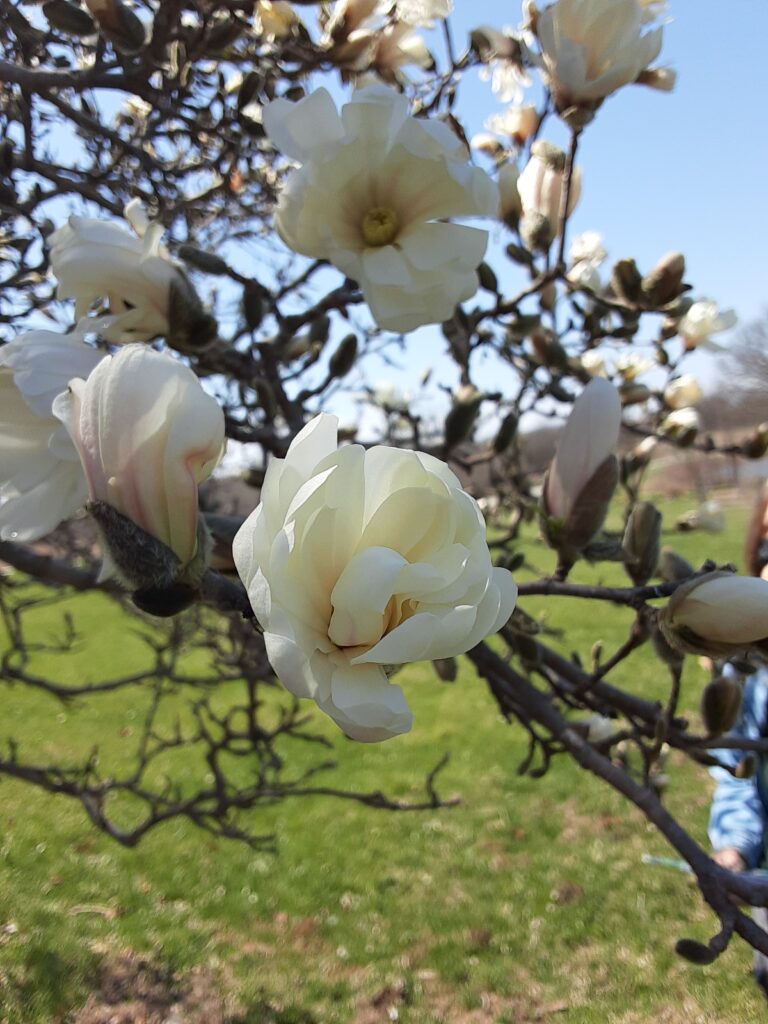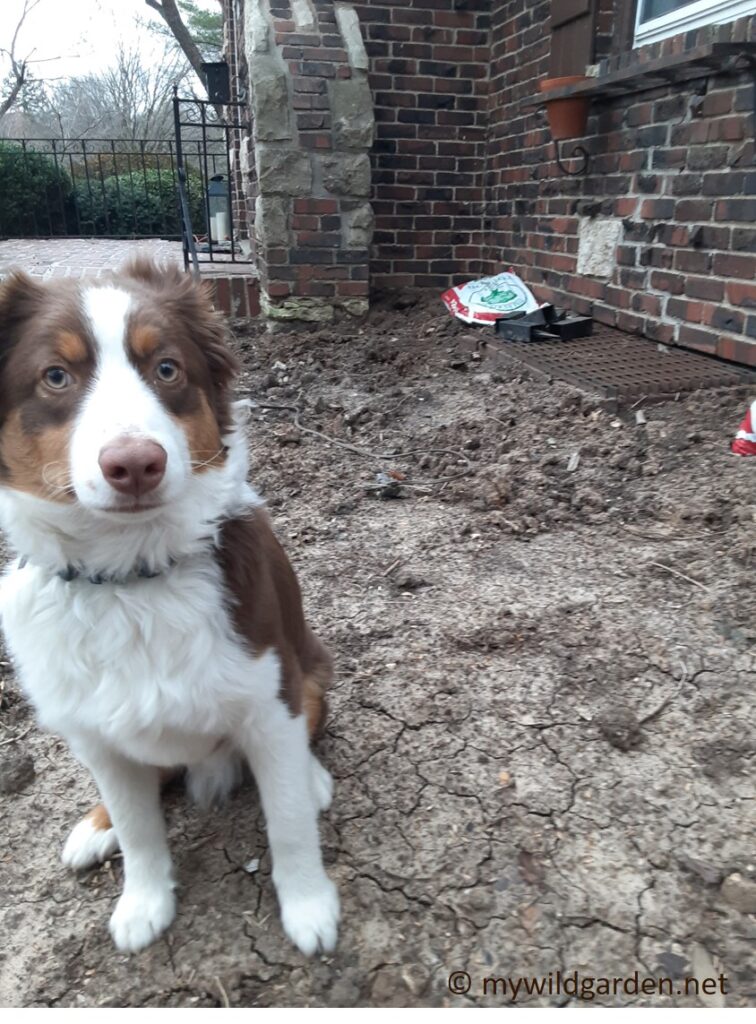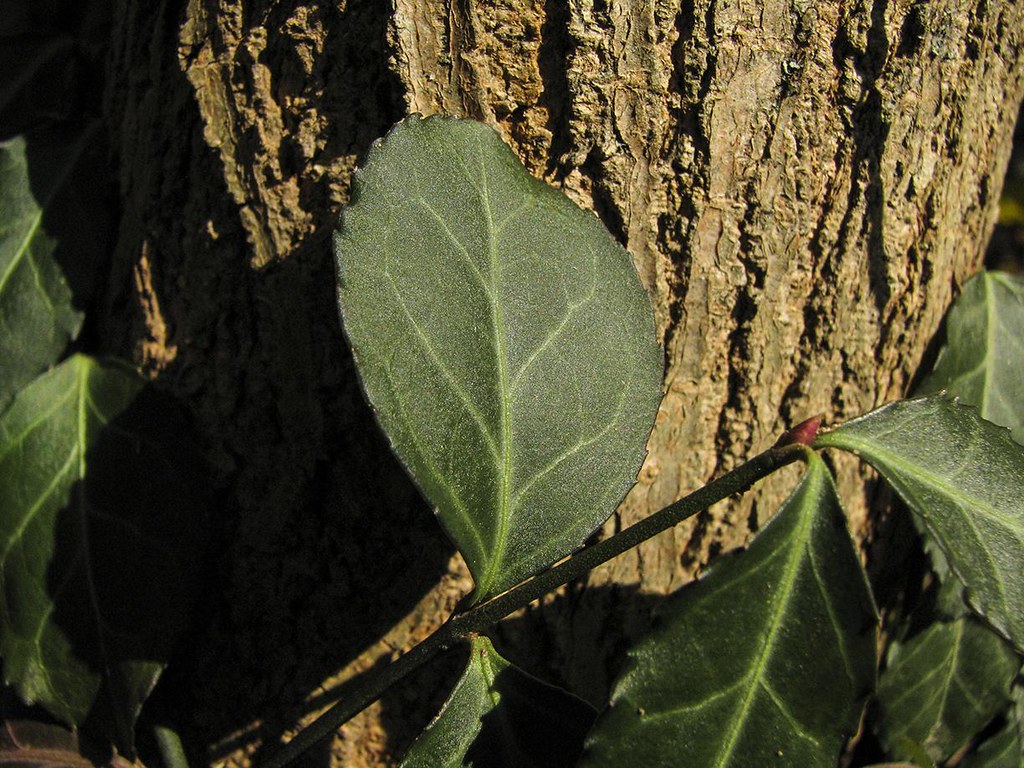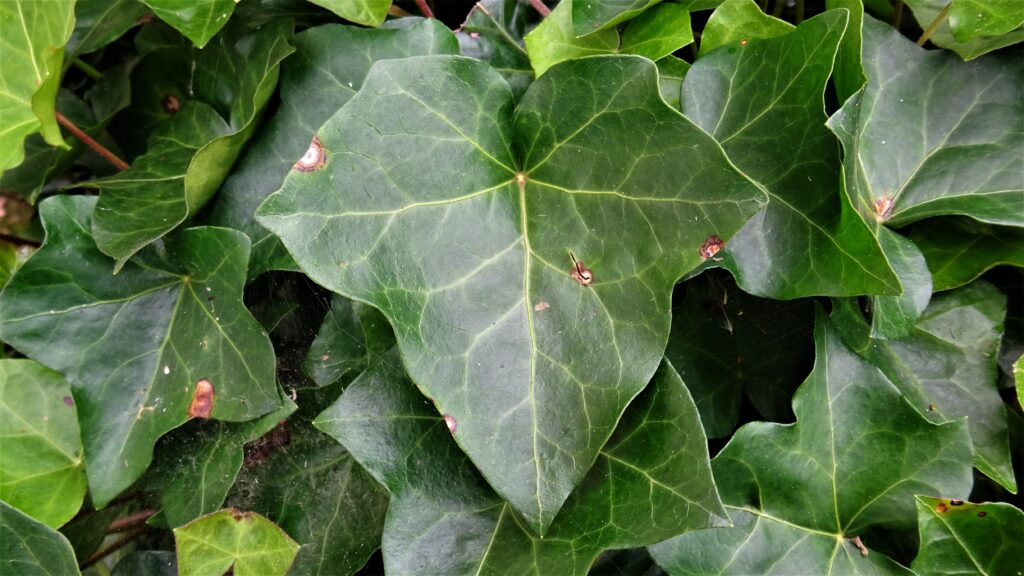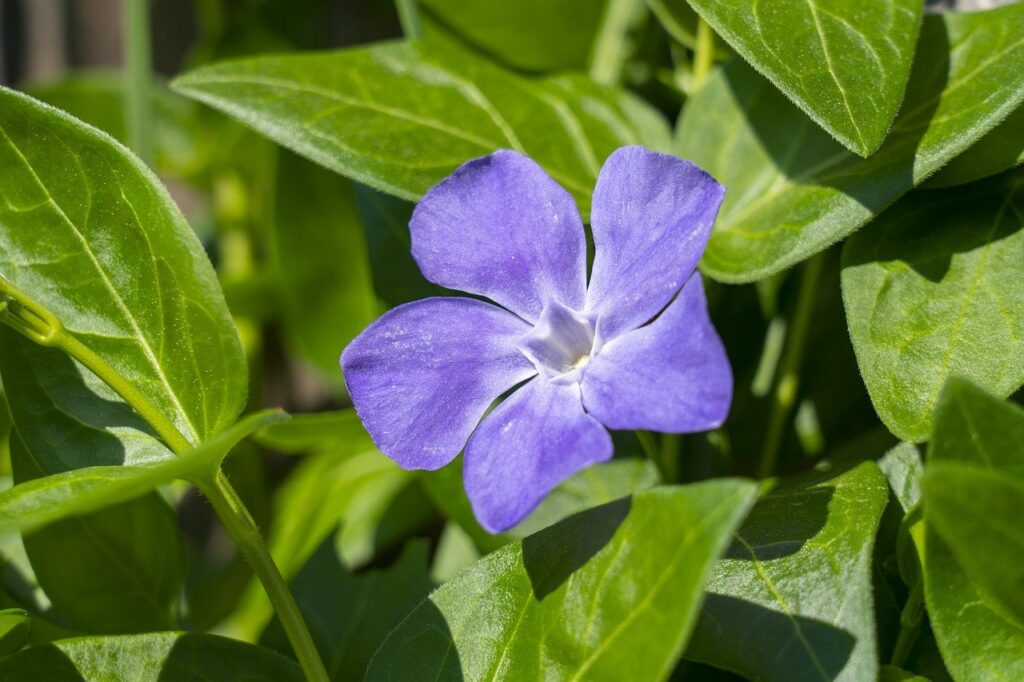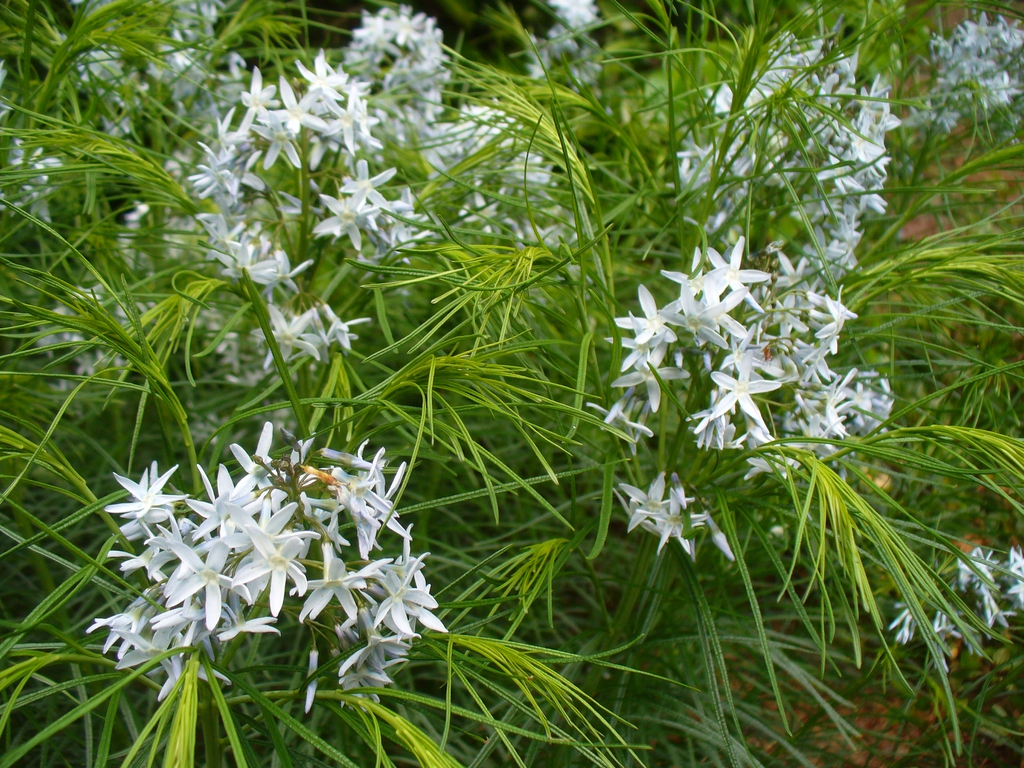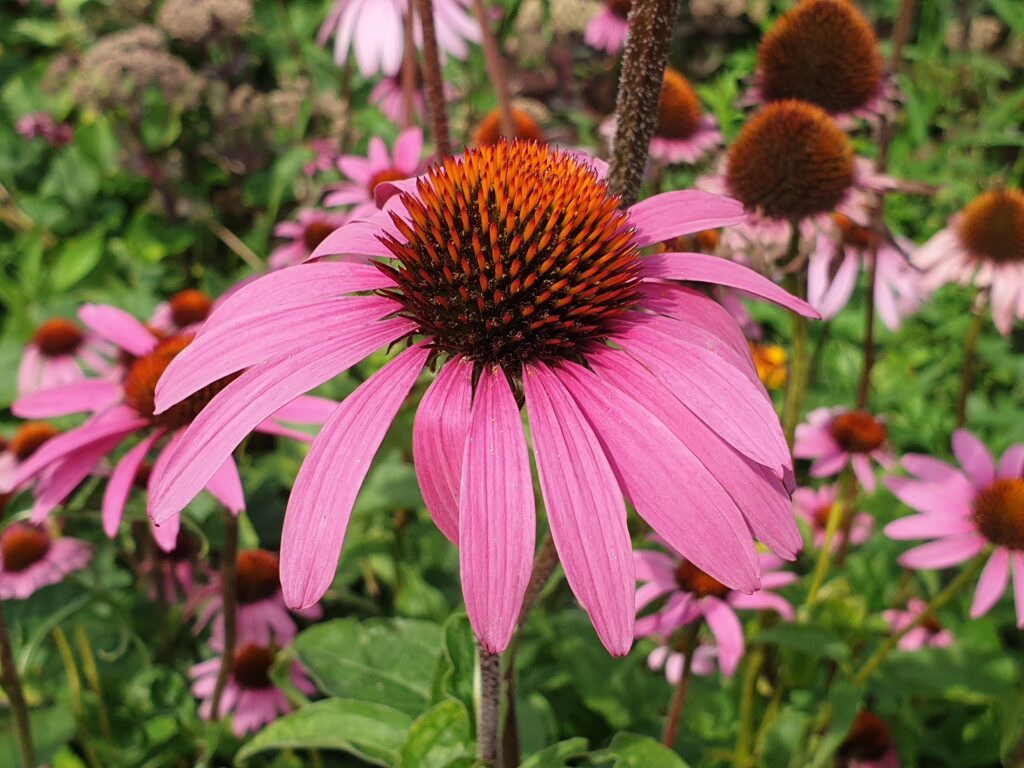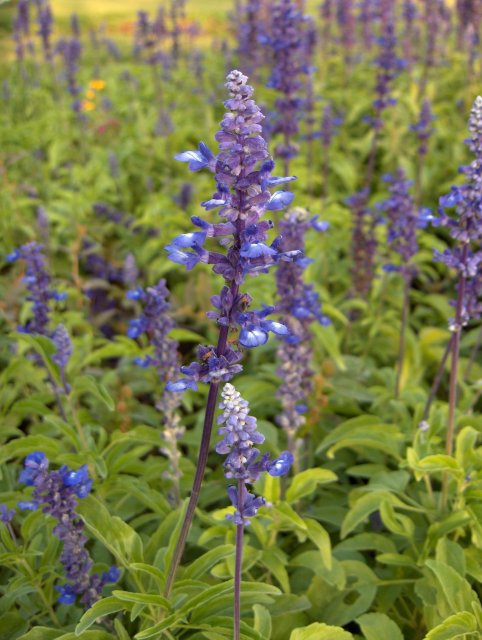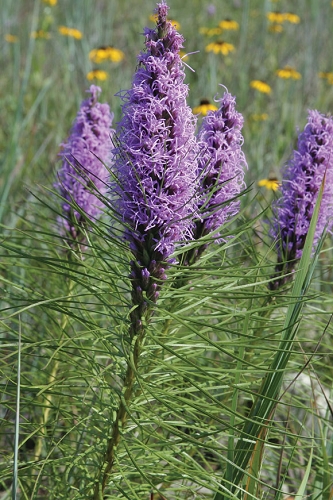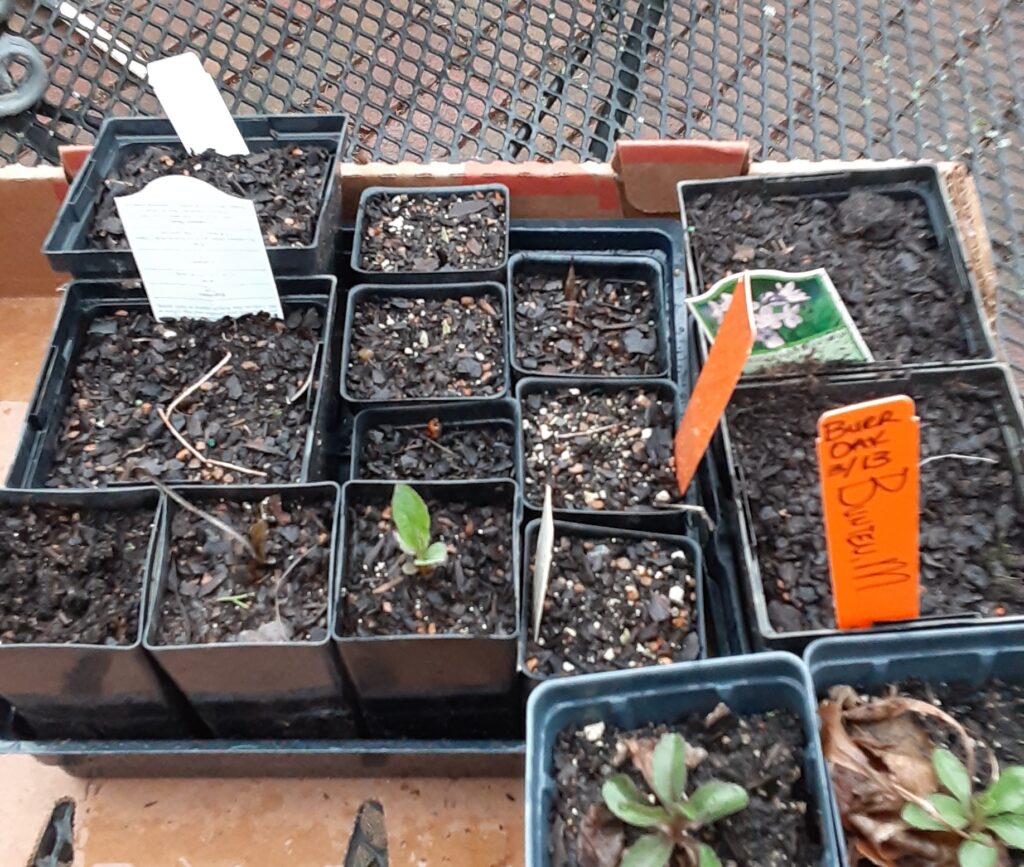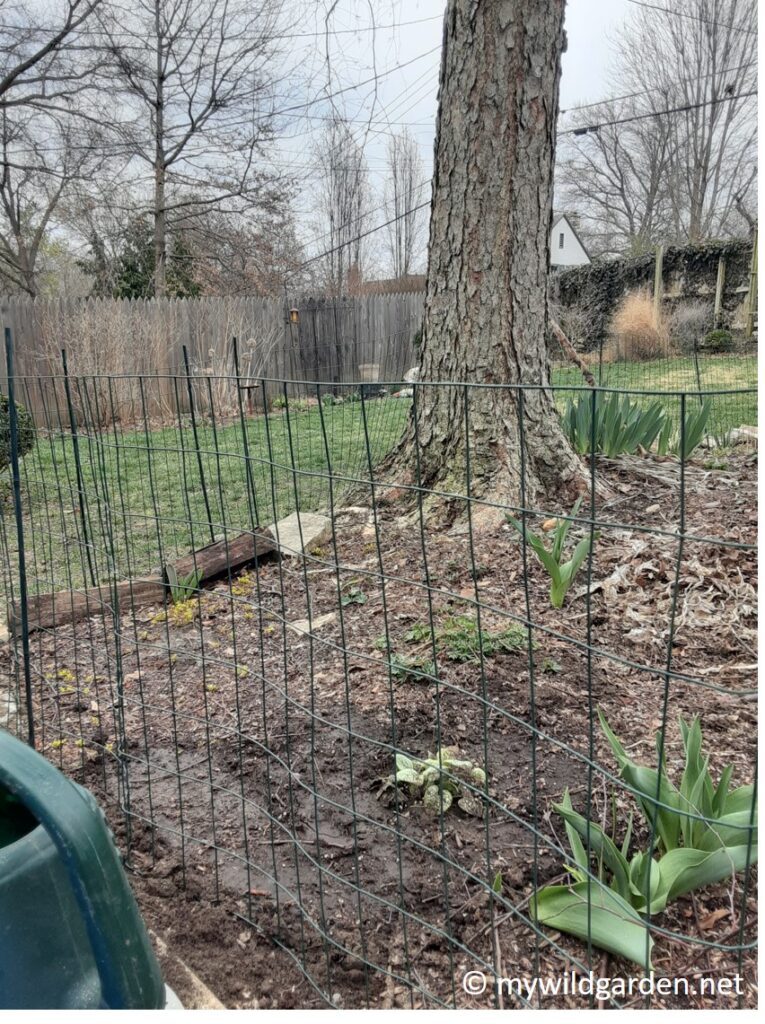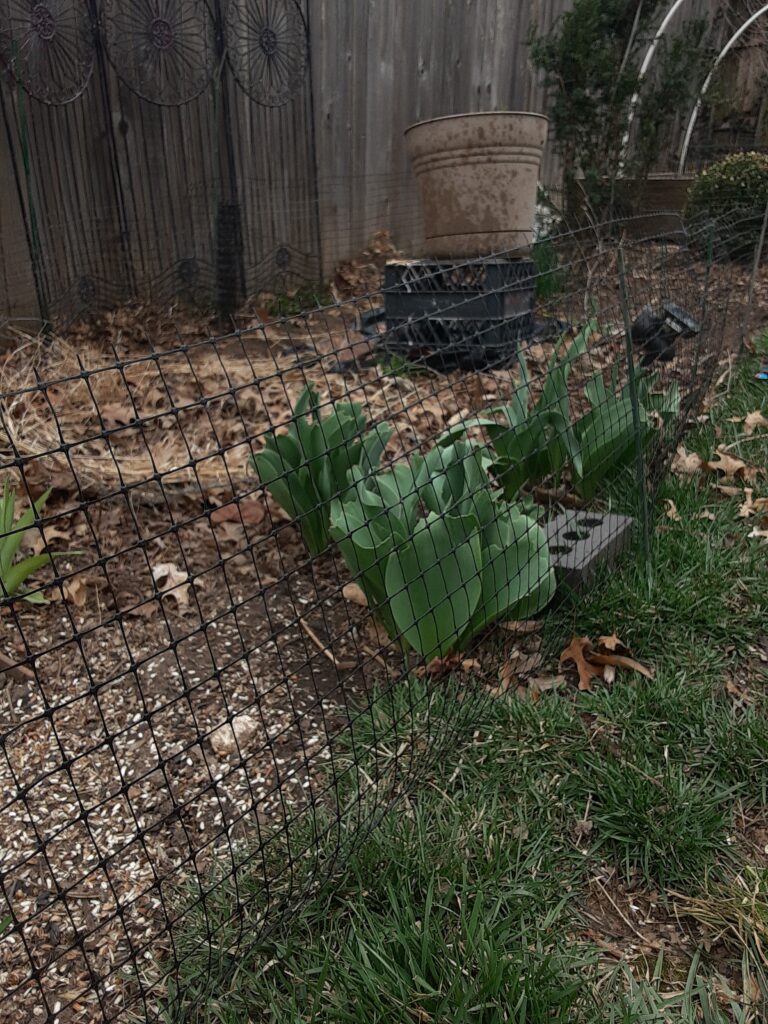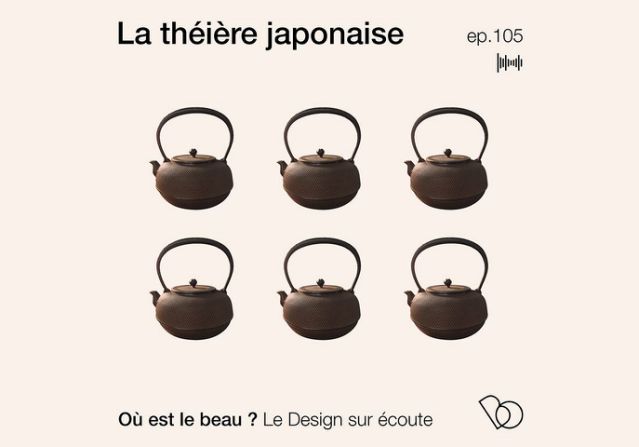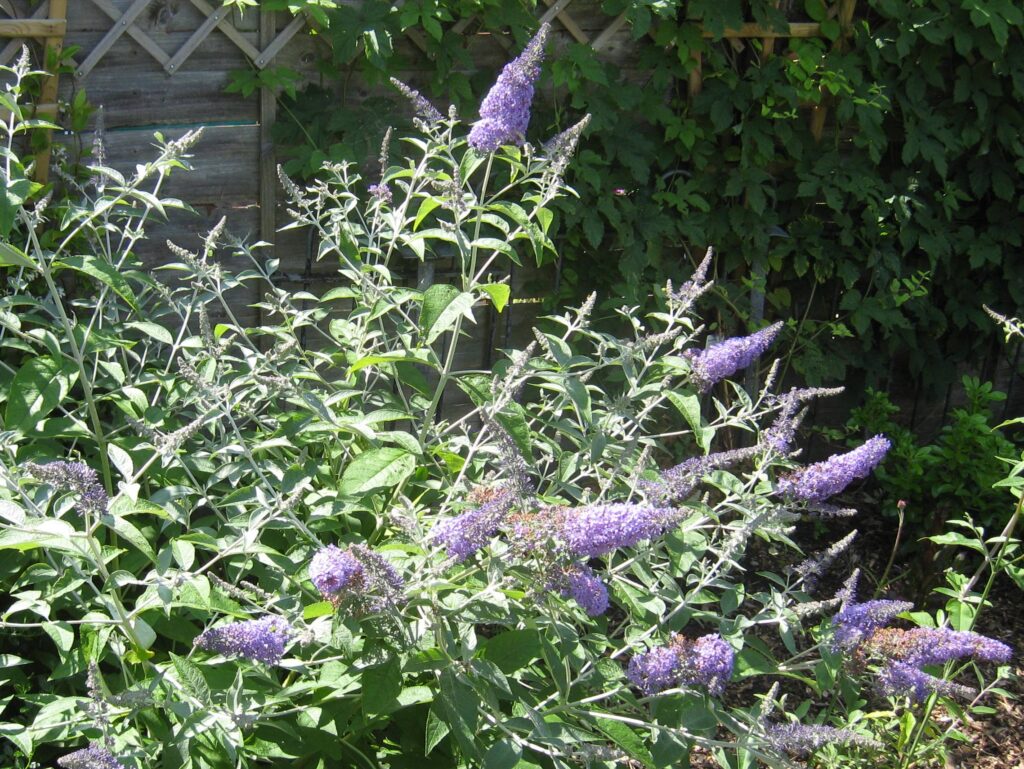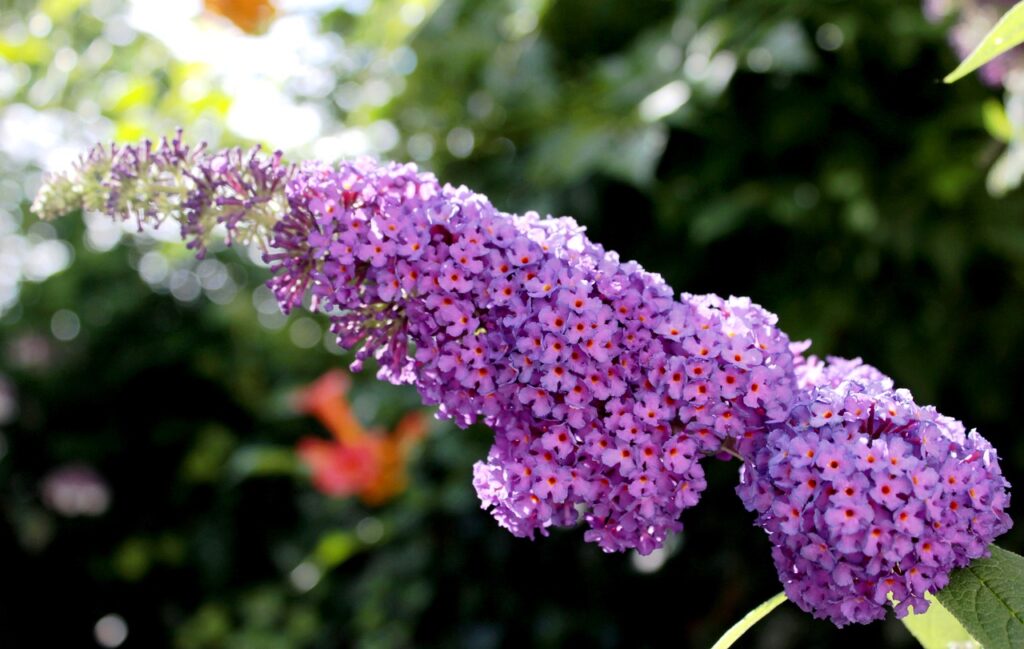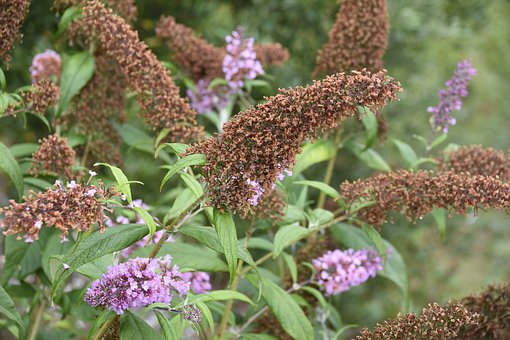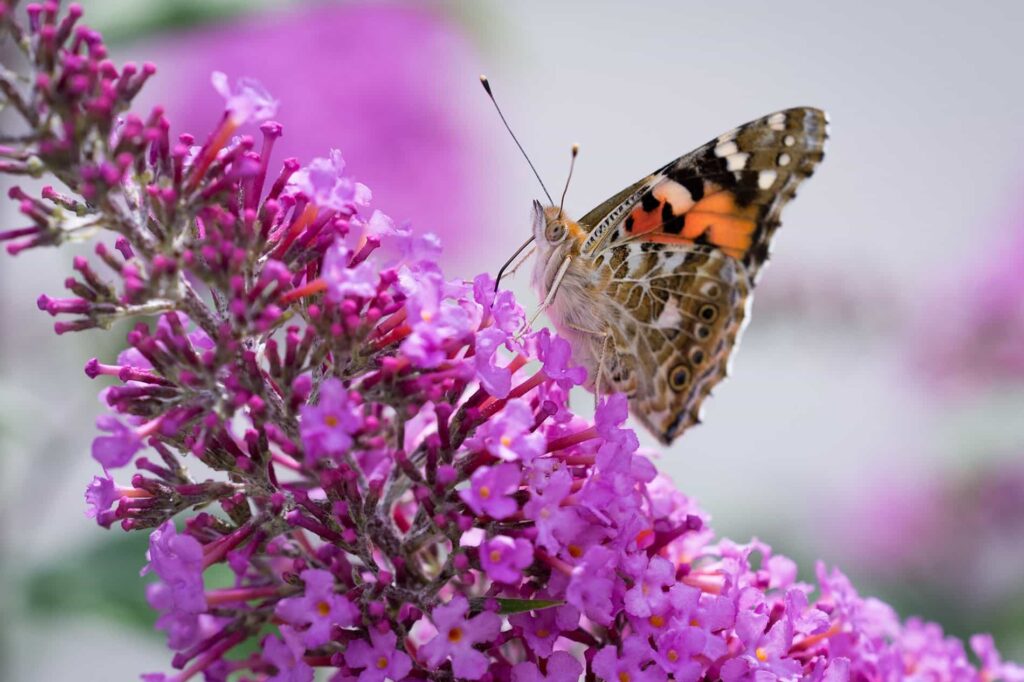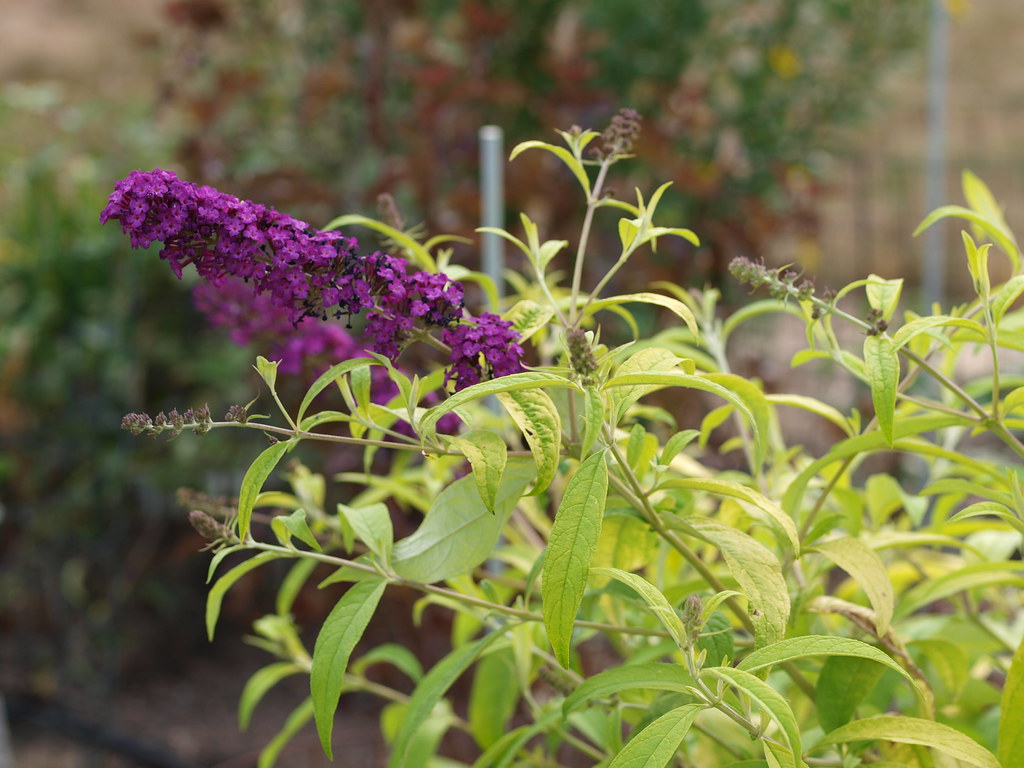My postings are growing fewer and farther between as we sink into summer. Margaret Roach calls this throw-in-the-trowel time. Don’t do it! she says. But why not? My garden looks terrible, no two ways about it, a victim of whiteflies, Japanese beetles, and my own ignorance and bad planning. There isn’t much I can do to correct that at the moment. This is a good time for a vacation.

Last week I was in Colorado, relaxing with family in a beloved cabin.
Colorado is where I first learned to love the outdoors. For me, growing up in Houston, Colorado was a revelation. I like to say I’d never been outside before. Don’t get me wrong, I love Houston, but the climate is brutal. When I was in college in Austin, a friend once said he disliked air conditioning, surprising me so much I almost dropped my beer. Dislike air conditioning? I’d never heard of such a thing. We Houstonians are like astronauts, completely dependent on mechanical systems that allow us to breathe.

My folks, like many of us in Texas, would pack the kids into the Buick and drive up through Wichita Falls and Amarillo, across the Panhandle and the corner of New Mexico, past Walsenburg and Pueblo with its piles of slag. The sign, “This is it! Eighter from Decatur. County seat of Wise,” was a noteworthy landmark. The cattle were white-faced Herefords. Now they’re mostly Black Angus. Abandoned gray farmhouses dotted the landscape, empty but still standing since the Great Depression. Most of those have collapsed by now.
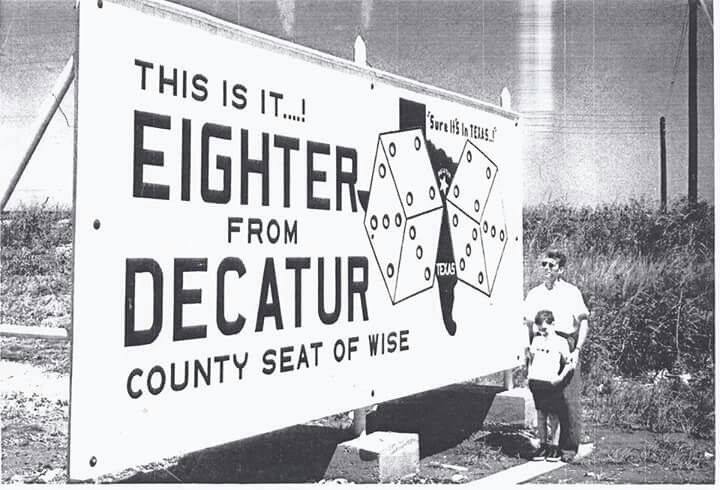
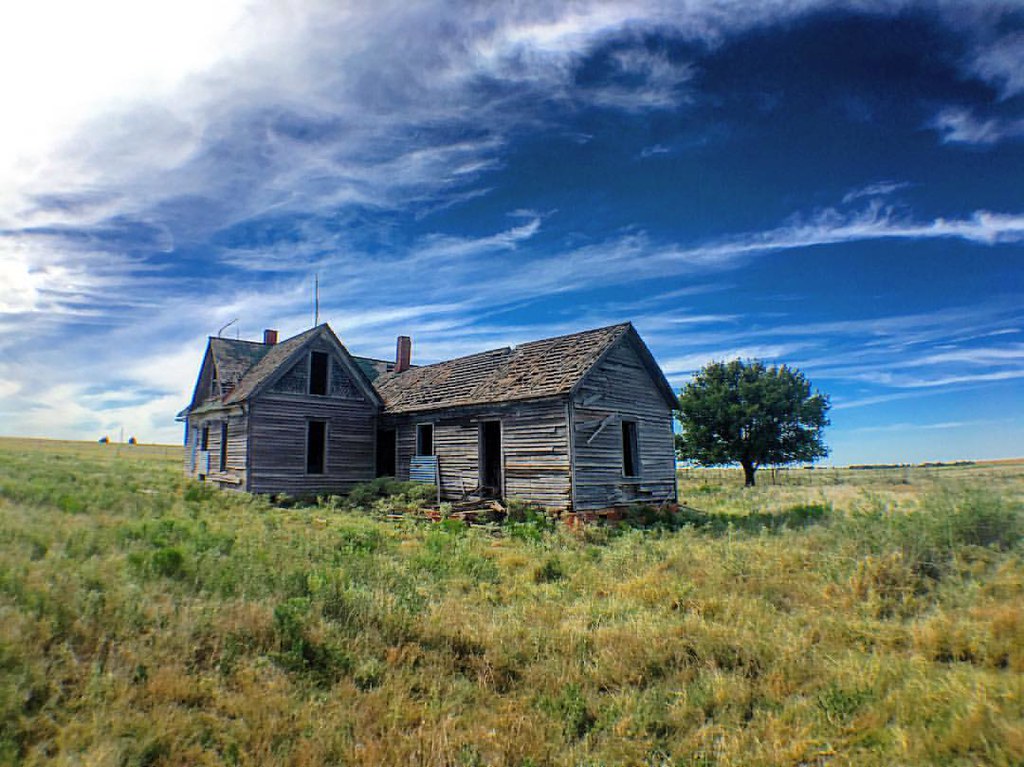

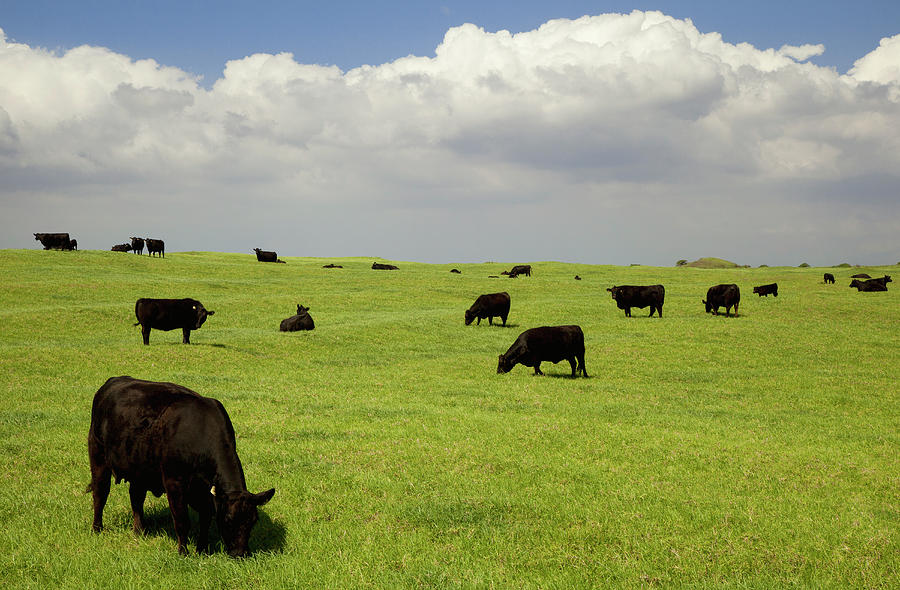
We followed a yellow line that zigged across the pages of a Trip Tik and read about the historical markers in AAA’s Tour Book. Every time we filled up, we calculated our gas mileage. After two days, we arrived in Grand Lake, where we’d stay for two weeks.
Now back in Kansas City, it looks like what we missed was rain. Before we returned, I dreamed that rabbits and insects had munched all my plants down to stems. The truth isn’t that bad, but everything is green and shaggy. It’s all the same green, too, and all the plants are the same height. The result is monotonous–but it doesn’t have to be this way, as this stunning border in front of the University of Kansas Medical Center shows.
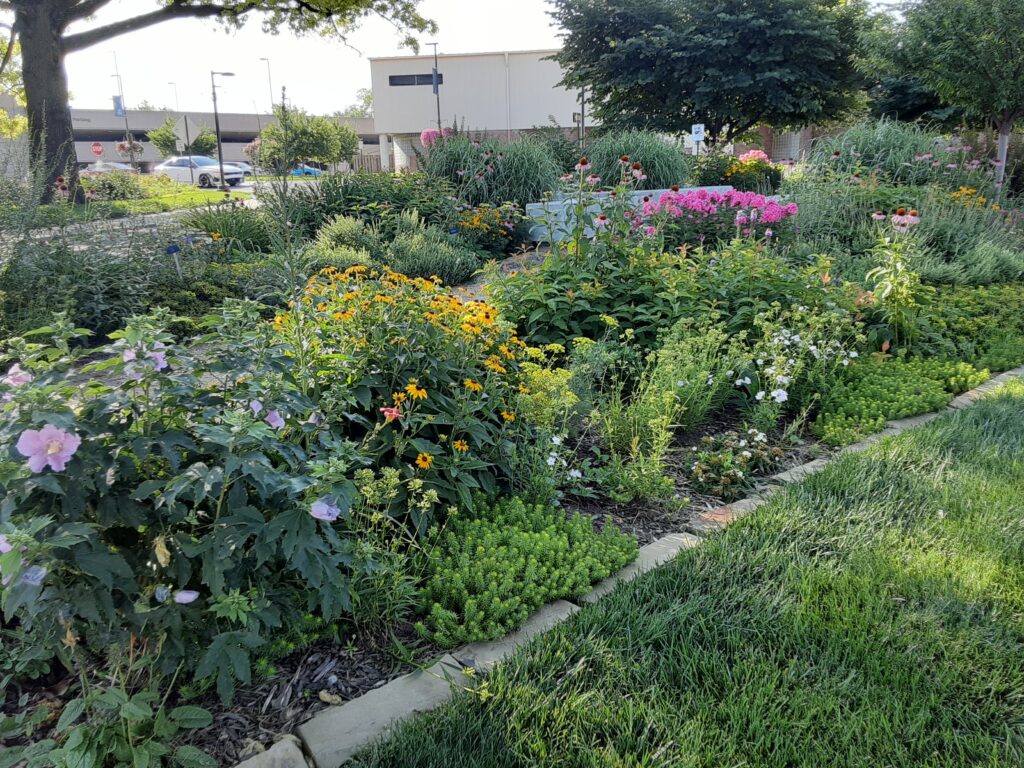
I spied dianthus, stacchys ‘Hummelo,’ a compact Rose of Sharon, day lily, rudbeckia, sedum, a fringy thing that looks like dill, white phlox, joe pye weed, and liatris.
I have a lot of these, but not in as-good places. I came home and dug up a couple plants that were barely hanging on in their current locations. I’m going to keep them in pots for a while and try relocating them in September. Now that I know how bushy and big some of these prairie plants become, I’m going to try for more variety in height and better spacing.
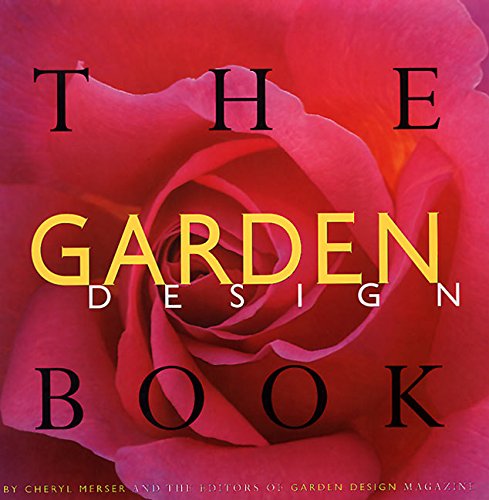
The other morning I visited an estate sale and bought a book that I’m convinced will change everything, The Garden Design Book by Cheryl Merser, a former editor of Garden Design magazine.
Just reading the jacket copy gives me a sense of the force of this writer’s personality, her voice is so strong. I’m sure I’d like her.
I feel drawn to the woman who owned the book, too. I wandered through her house in Coleman Highlands, admiring her collection of porcelain and Asian prints. She loved contemporary fiction, gardening, and cooking. In addition to the garden book, I brought home two favorites I’ve never owned, a paperback of Kitchen Confidential and Bistro Cooking by Patricia Wells.
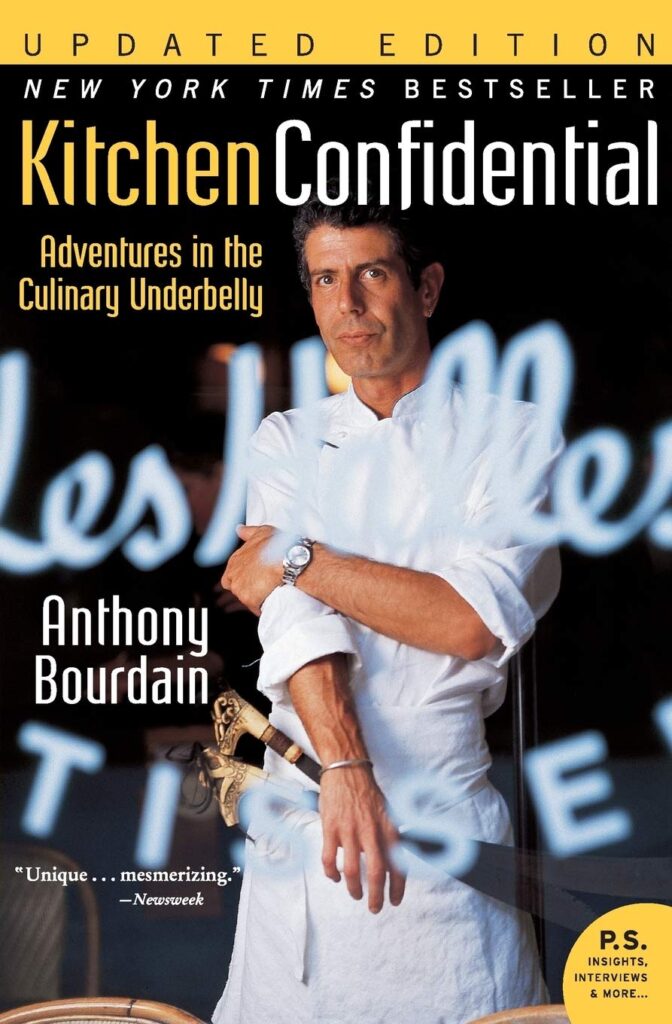

I met Patricia Wells while I was a stagiaire at La Varenne, and since someone recently asked to hear more about those days, I’ll share the story. Patricia asked several of us working at the school to help her with a dinner party, to do things like clear away used glasses and refill the buffet table. “Several of us” included me, Martha Holmberg, Laura Garrett, and I believe a few others.
This was my first glimpse of a certain kind of grown-up apartment. It’s hard to describe how novel that was for me, completely unfamiliar. I and my friends lived in tiny dorm rooms and chambres de bonne, which didn’t have bathrooms so we showered at public bains-douches every few days. The apartment Patricia shared with her husband (editor of the International Herald Tribune) was as spacious as a house, with several rooms, tasteful and traditional—like Ina Garten’s place, or the Upper East Side apartment in Hannah and Her Sisters but not as cluttered. Patricia was hosting a party for a couple who were visiting from New York. The man was a psychiatrist. As I walked around, picking up crumpled bevnaps, I overheard a guest say to him, “Sometimes just I don’t like my children.” He listened with a pained expression.
He had baked Patricia some bread, an American-style loaf, with a soft crust and even crumb, really good. The other guests, all French, left it untouched, so we Americans gobbled it down afterwards. I still remember how delicious it was, smeared with butter. The dinner was a success, and Patricia was pleased. She said she’d love to have us back—“You too,” she said to me. I was the least experienced of the group. My impression was that she was warm, genuine, and elegant—which I felt, and still feel, are excellent ways to be.
If I can draw conclusions about a person’s character from their possessions, the woman who owned this book was much the same. I’ve discovered post-its and slips of shopping lists tucked between the pages, signs that she actually read them. One says “4-6 leeks,” in handwriting that resembles my own.
Both the book’s owner and author have died. Garden Design Magazine has ceased its print publication, and the International Herald Tribune has folded. So much in the world has changed since we were young in it. But Patricia Wells is alive and well and living in Paris.
